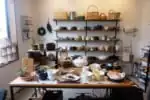Table of Contents
Tokoname City is located on the Chita Peninsula in western Aichi Prefecture. Tokoname has prospered as a pottery production area for a long time, and the "Pottery Trail" still retains the atmosphere of the early Showa period, when it was at its most prosperous. The retro atmosphere from the Meiji to Showa eras is so popular that it is even used as a filming location for movies.
This time, I would like to take a stroll along the "Pottery Trail".
▼ Click here for the second part
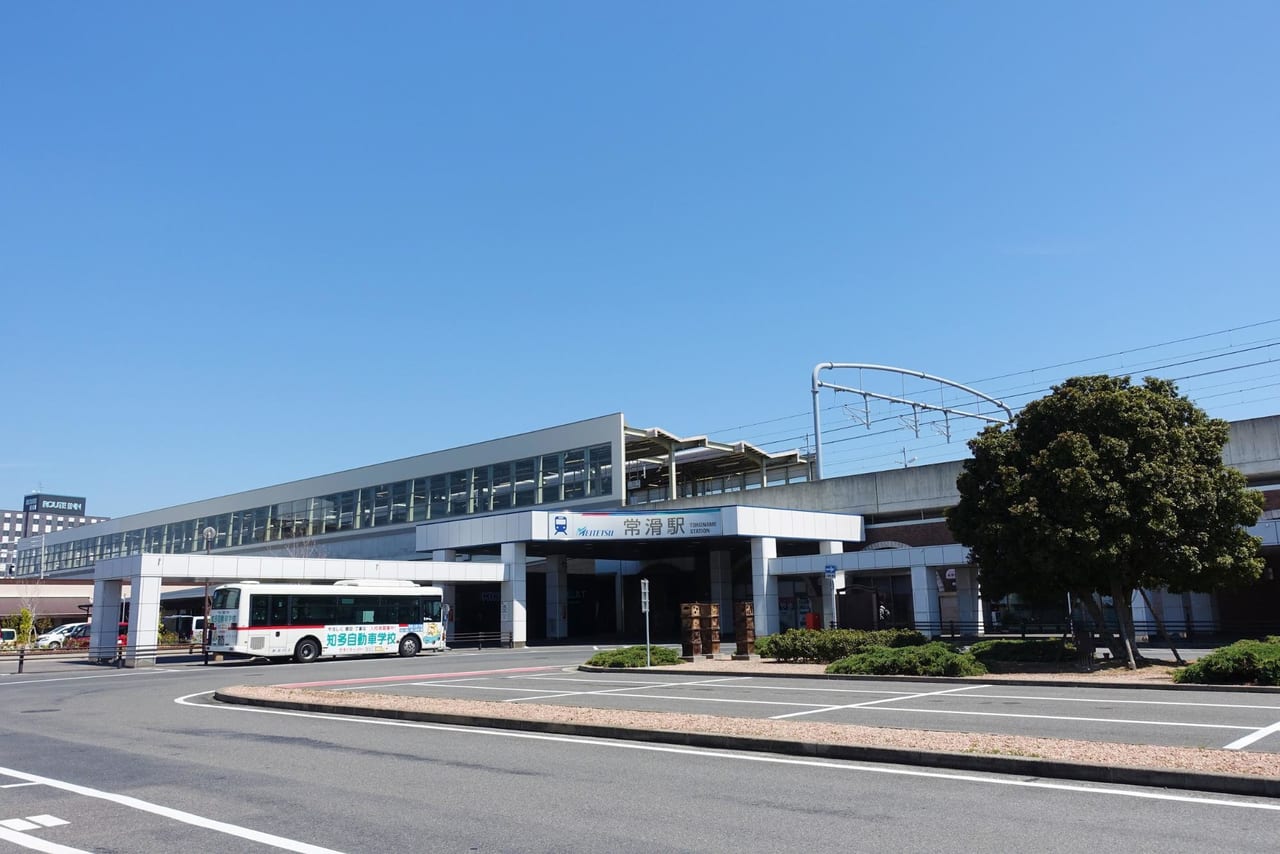 Meitetsu Kowa Line "Tokoname" Station
Meitetsu Kowa Line "Tokoname" Station
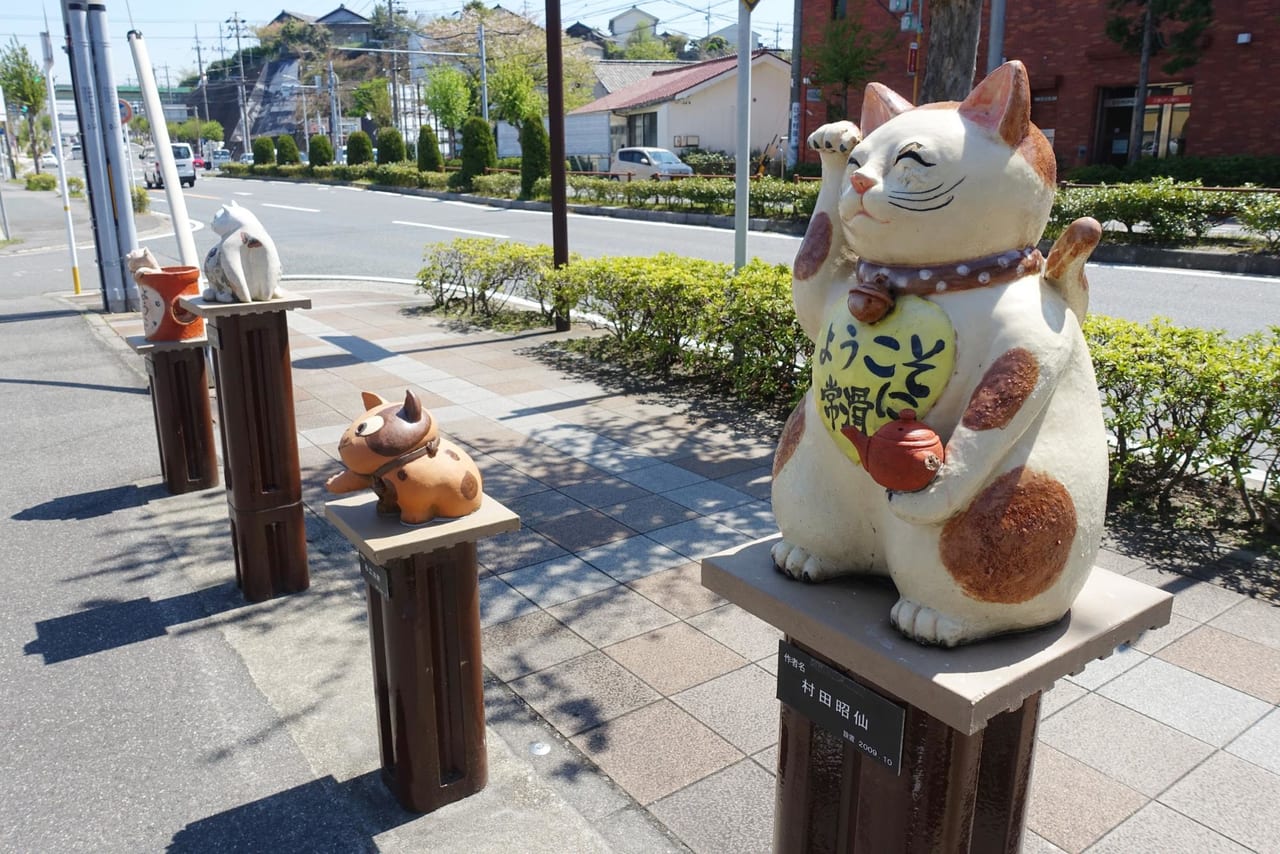
From Nagoya, I took a train for about 30 minutes and came to Tokoname! . The "Pottery Trail" is about a 5-minute walk from the station, so let's walk there. The pottery beckoning cats immediately welcomed us.
2 routes to choose from
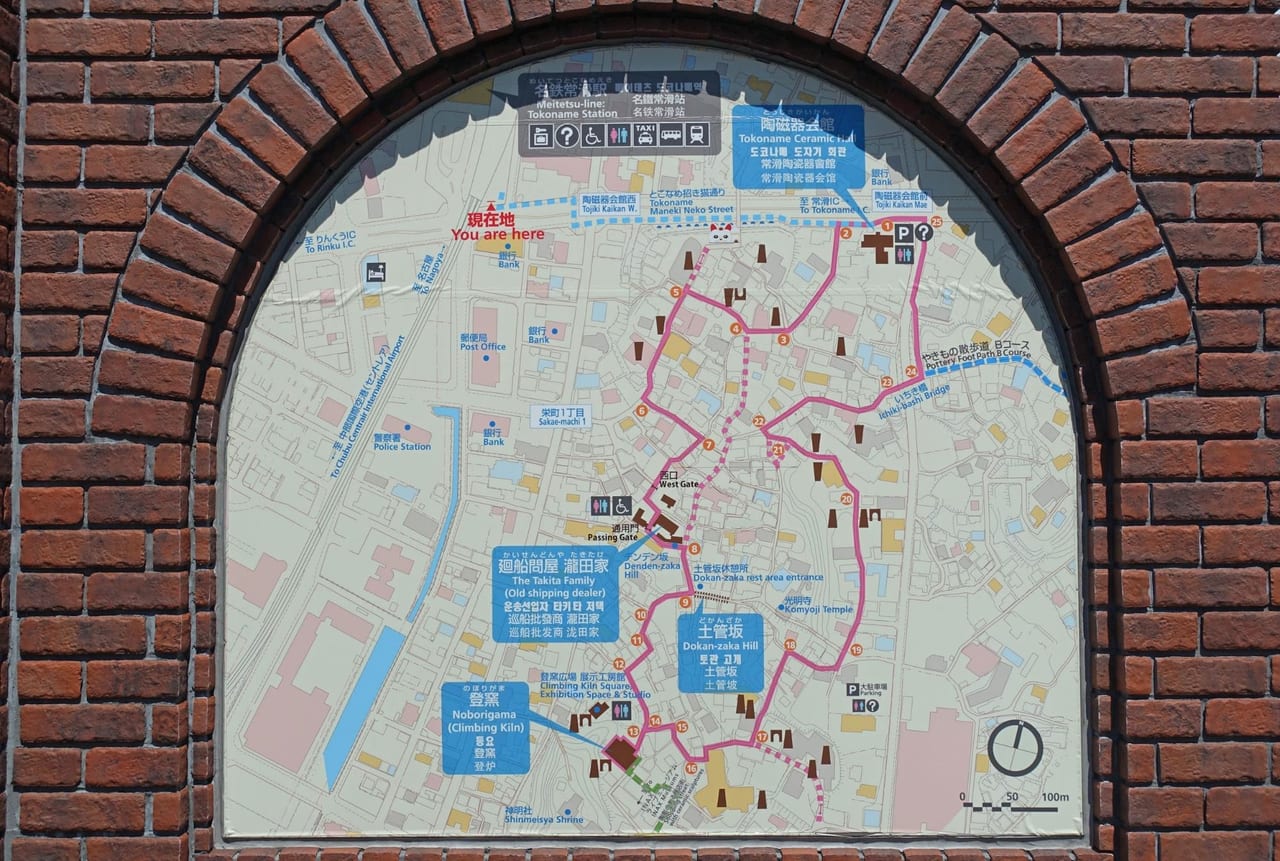
Route A
There are two routes in the "Pottery Trail": Route A and B.
Pottery Trail Route A (1.6 km | Time required: about 60 minutes)
Walk through spaces that convey a unique atmosphere and history, such as brick chimneys and kilns, black-walled factories, and slopes made of discarded pottery.https://www.tokoname-kankou.net/contents/miru02-01.html
Pottery Trail Route B (4 km | Time required: about 2 hours and 30 minutes)
There are many facilities to visit, including the history of Tokoname ware and the INAX Museum, an industrial tourism facility. This course is a tour of the entire city of Tokoname by car or bus.
This time, the weather was nice, so I would like to take a leisurely walk around the "Route A"!
Start walking from "Tokoname Ceramics Hall"!
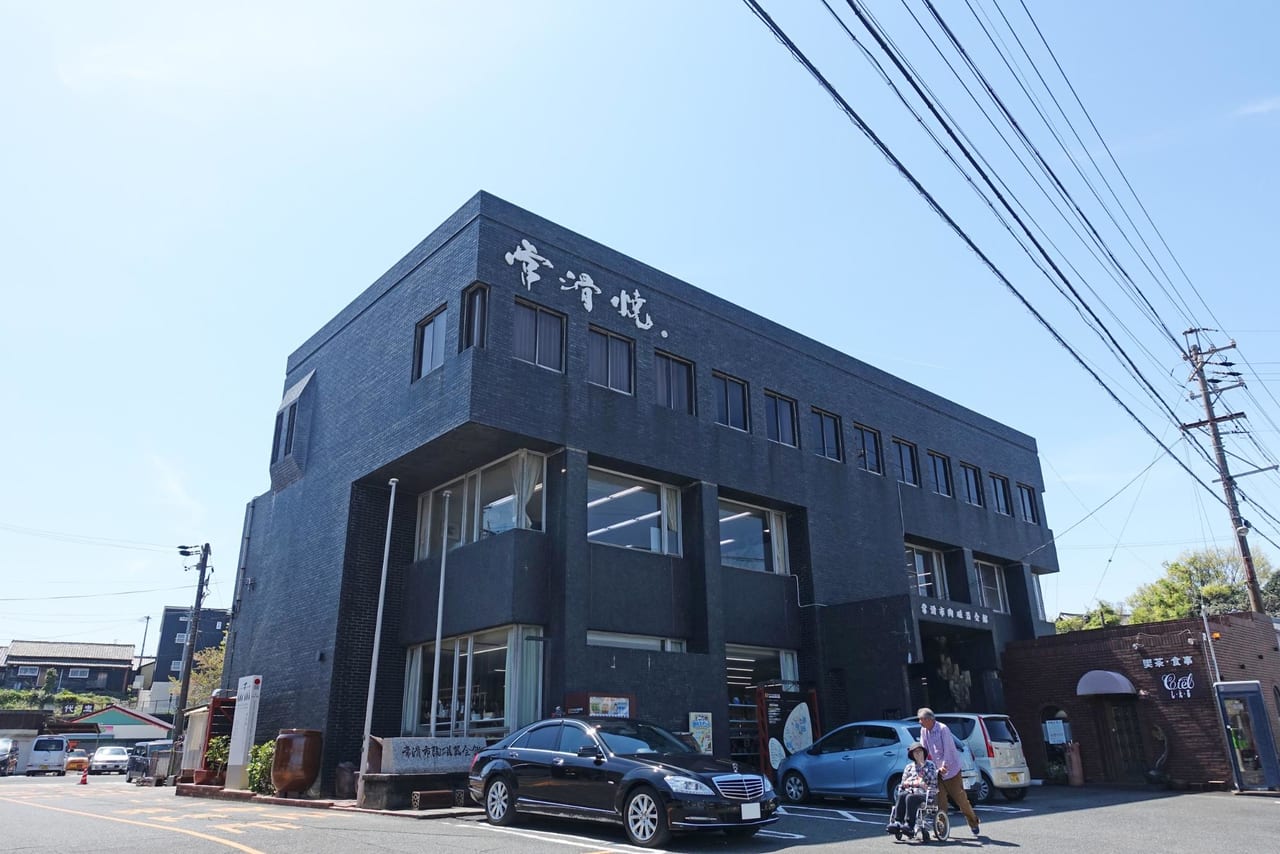 Tokoname Ceramics Hall
Tokoname Ceramics Hall
The starting point of Pottery Trail is the Tokoname Ceramics Hall.
Get a map of Pottery Trail here! It's 1.6km, which isn't that long, but it's like a maze, so it's a good idea to have a map with you. The Tokoname Pottery Hall also exhibits and sells Tokoname ware, making it a great spot for souvenirs.
There is also a parking lot on Pottery Trail, so if you are driving, please click here.
▼ Click here for parking lot information
https://www.tokoname-kankou.net/contents/parking.html
[Tokoname Ceramic Hall]
Address : 3-8 Sakae-cho, Tokoname-shi, Aichi
Telephone number :0569-35-2033
Business hours : 9:00-17:00
Closed :Open all year round (except for year-end and New Year holidays)
Parking :Yes
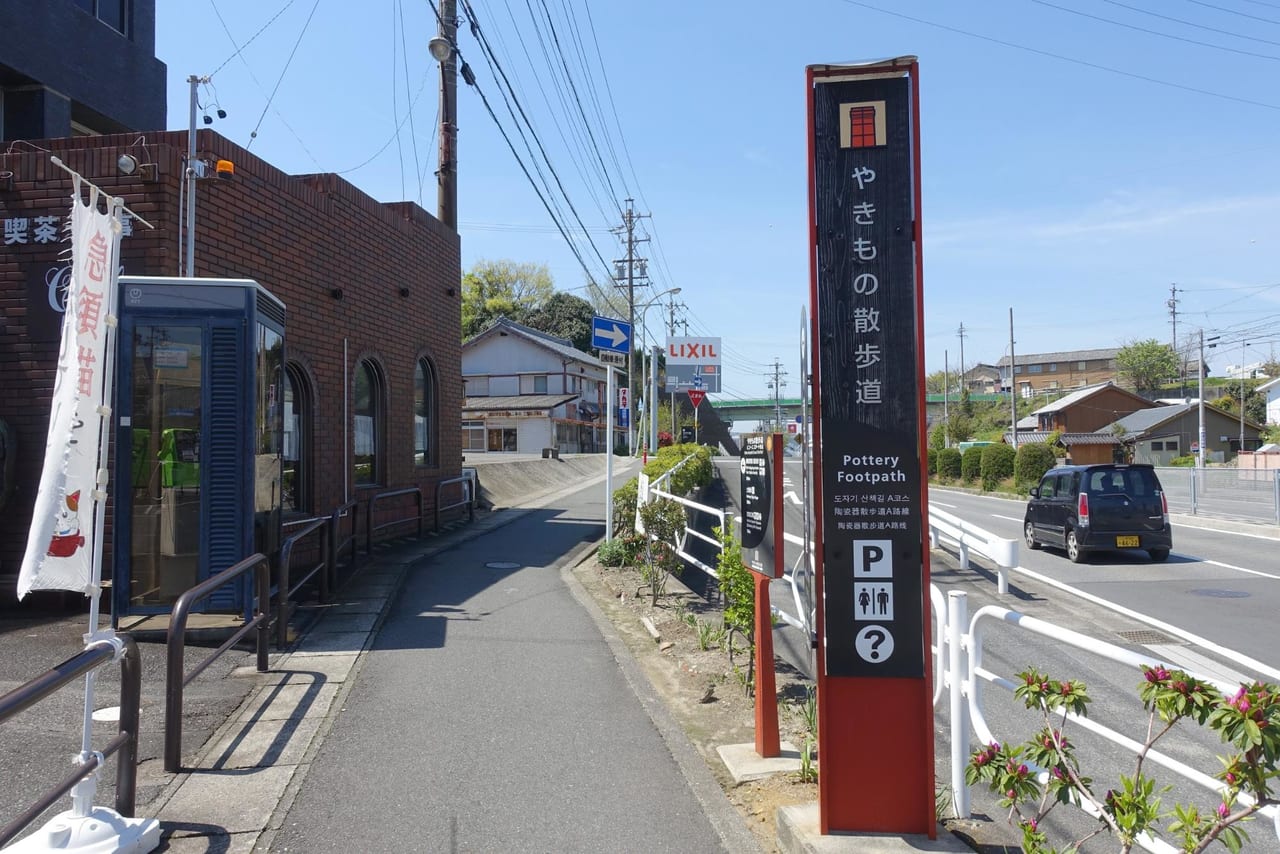
I will proceed along the road next to the Tokoname Ceramics Hall.
*When taking pictures, please be careful not to take pictures of a private house.

There are pottery along the way! The scenery with clay pipes here and there is unique to the city of pottery.
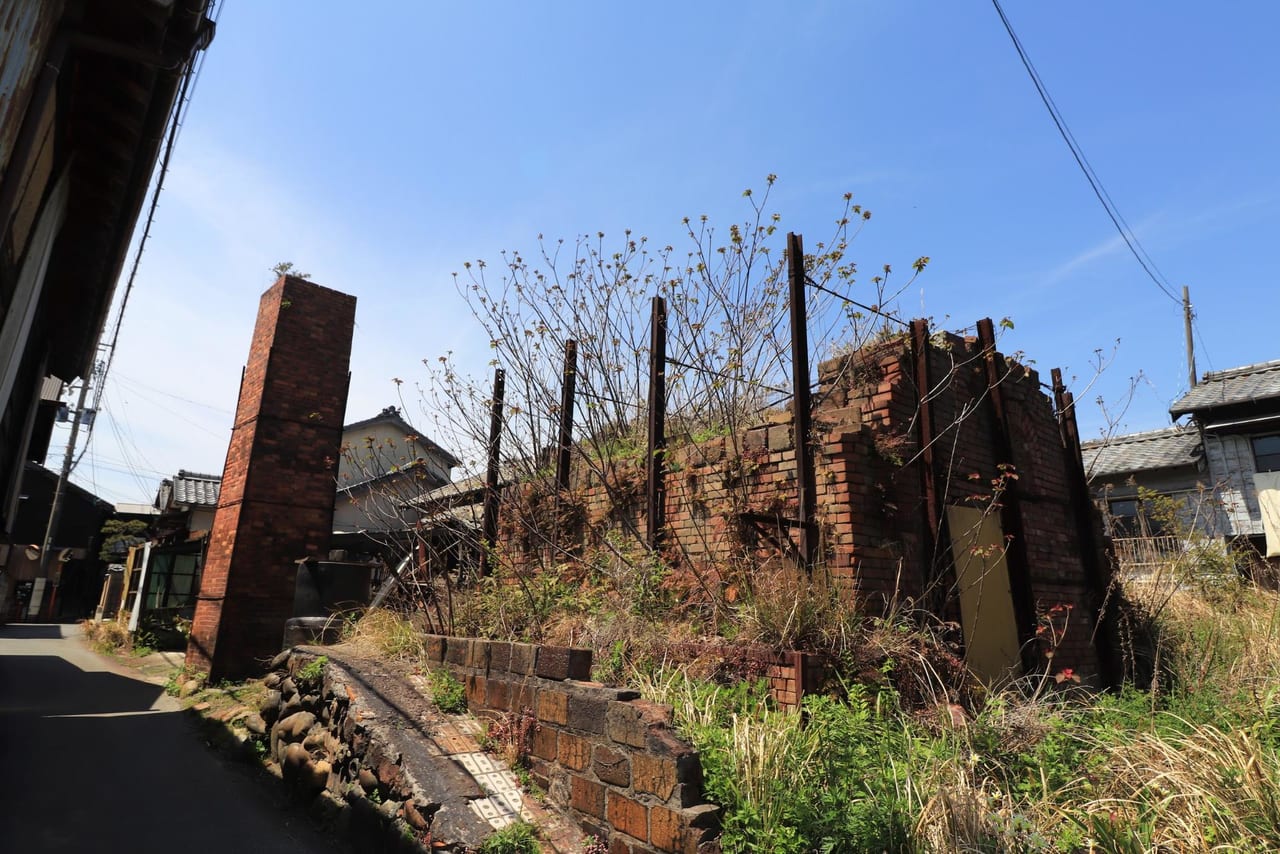
One of the attractions of the Pottery Trail is the view of Showa-era retro chimneys. Instead of the usual cylindrical chimneys, they are characterized by their square shape made of bricks. Today, only about 80 chimneys remain, but there used to be about 400 chimneys.
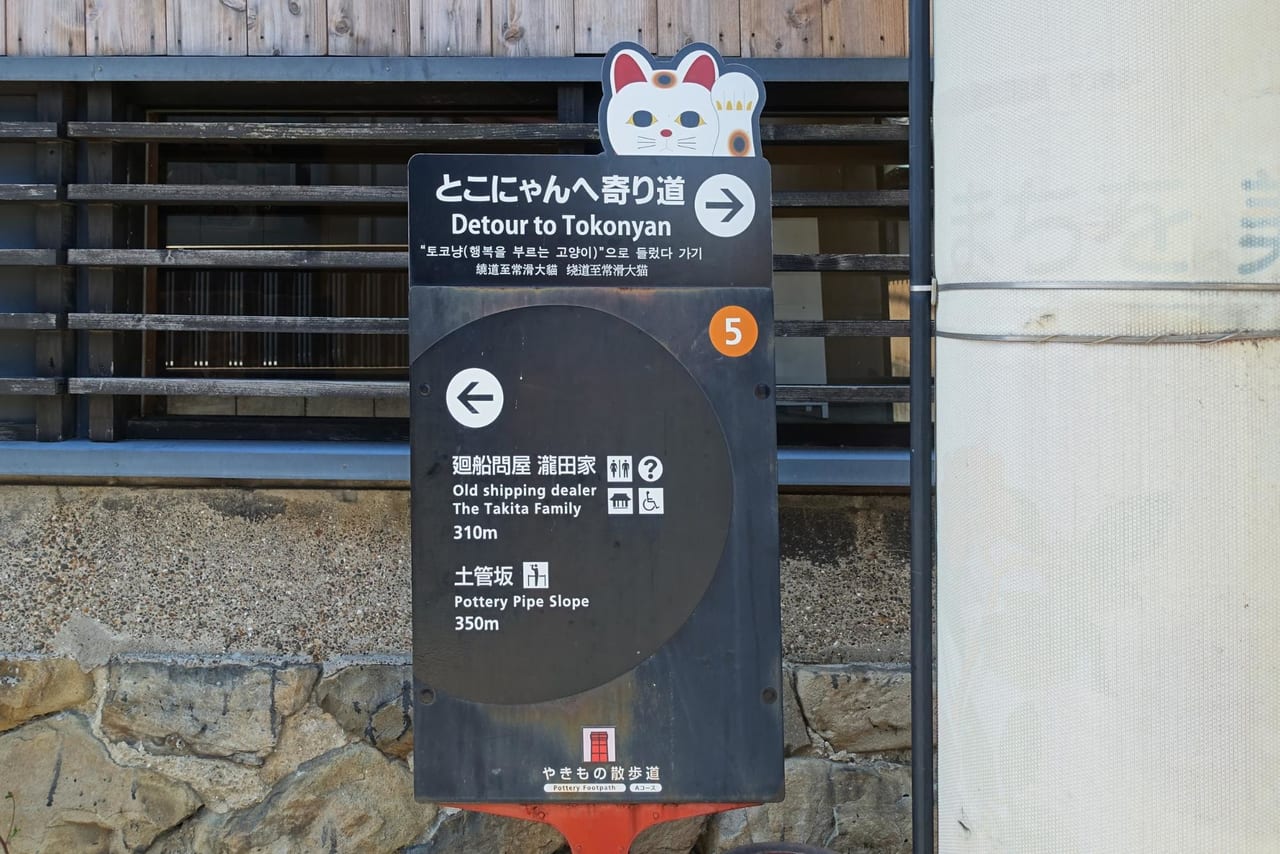
Signboards are installed here and there, so you can proceed without getting lost. I came across a very interesting sign that said, "Detour to Tokonyan". Let's go now!
Tokonyan, the symbol of Pottery Trail
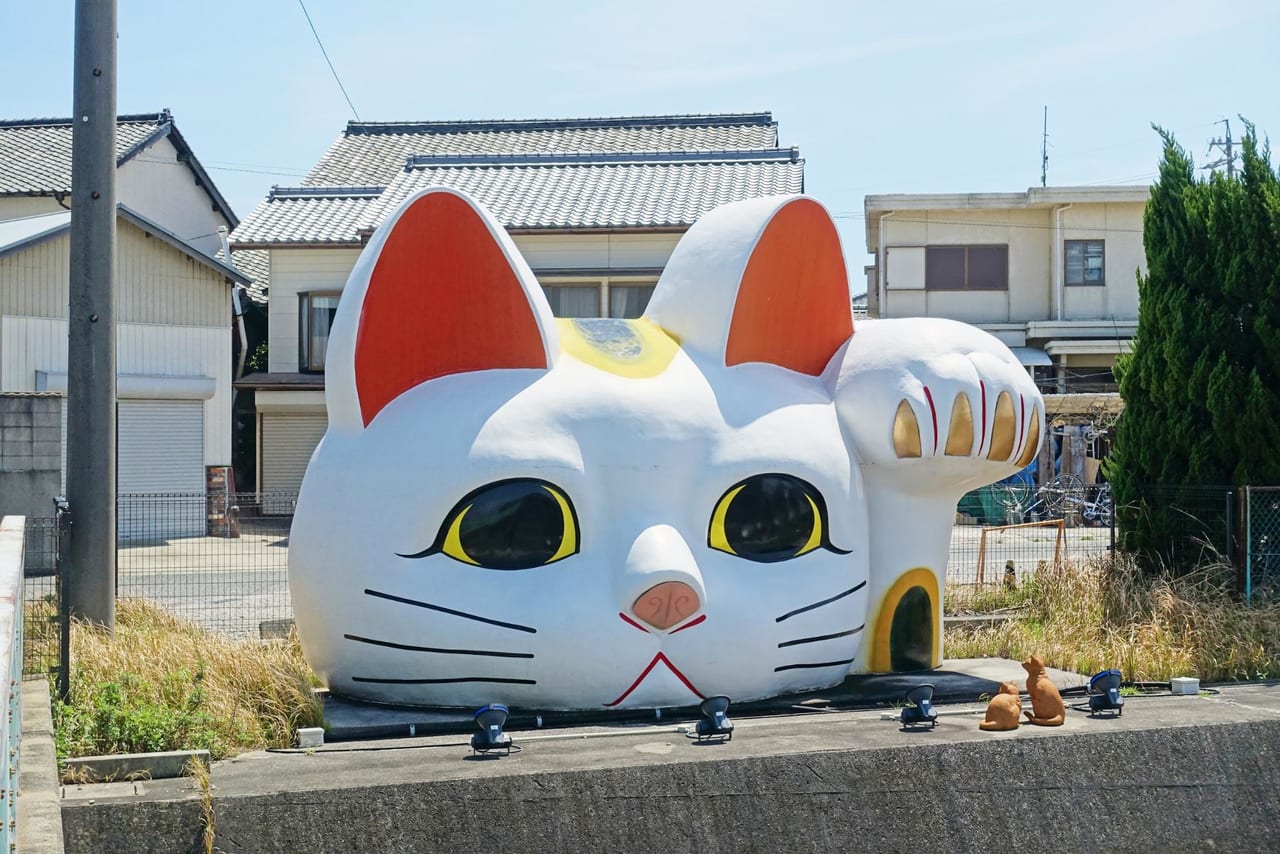
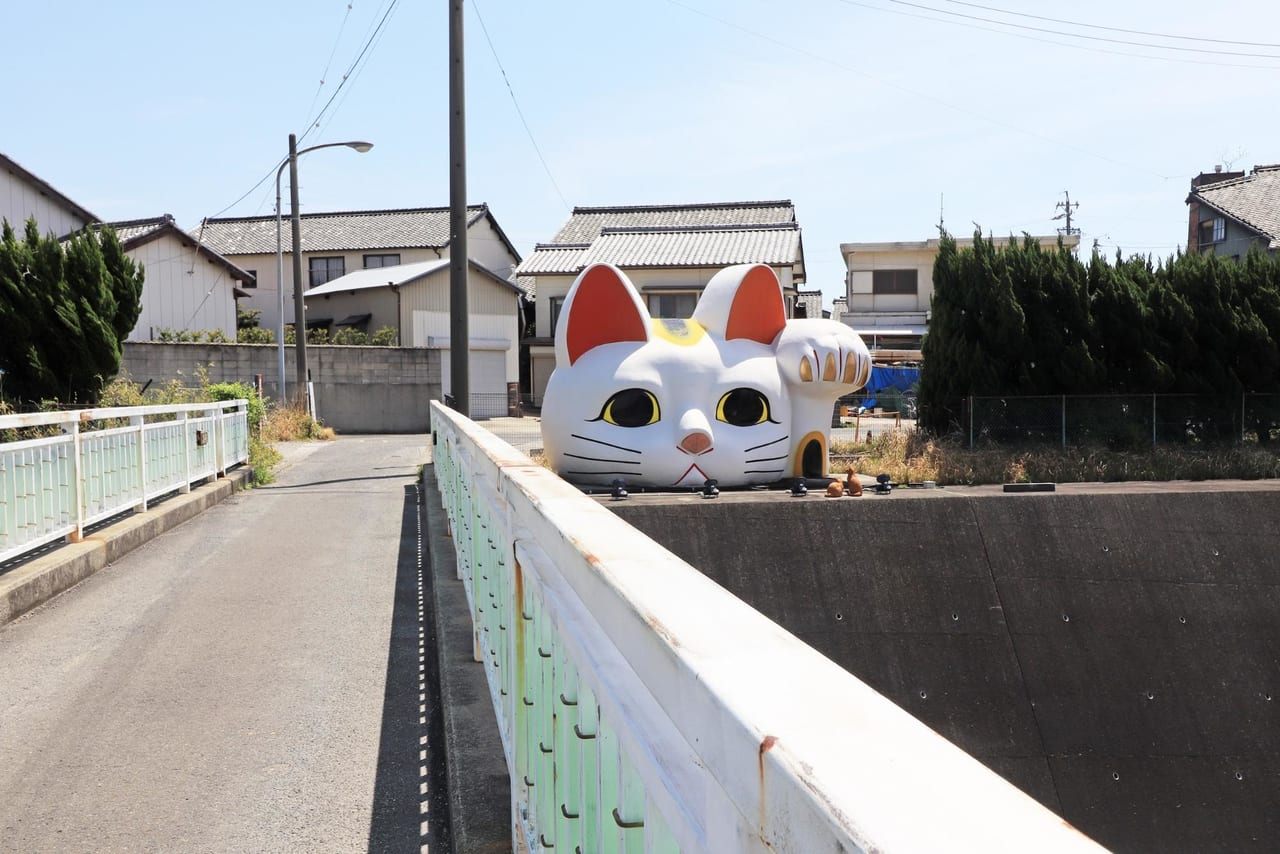
This is "Tokonyan", the symbol of Pottery Trail. Its size is 3.2m in height and 6 in width, and it suddenly sticks out from the top of the wall.
Tokoname City is said to be the number one producer of maneki-neko (beckoning lucky cat) in Japan. Maneki-neko has been popular as a symbol of good luck since the Edo period.
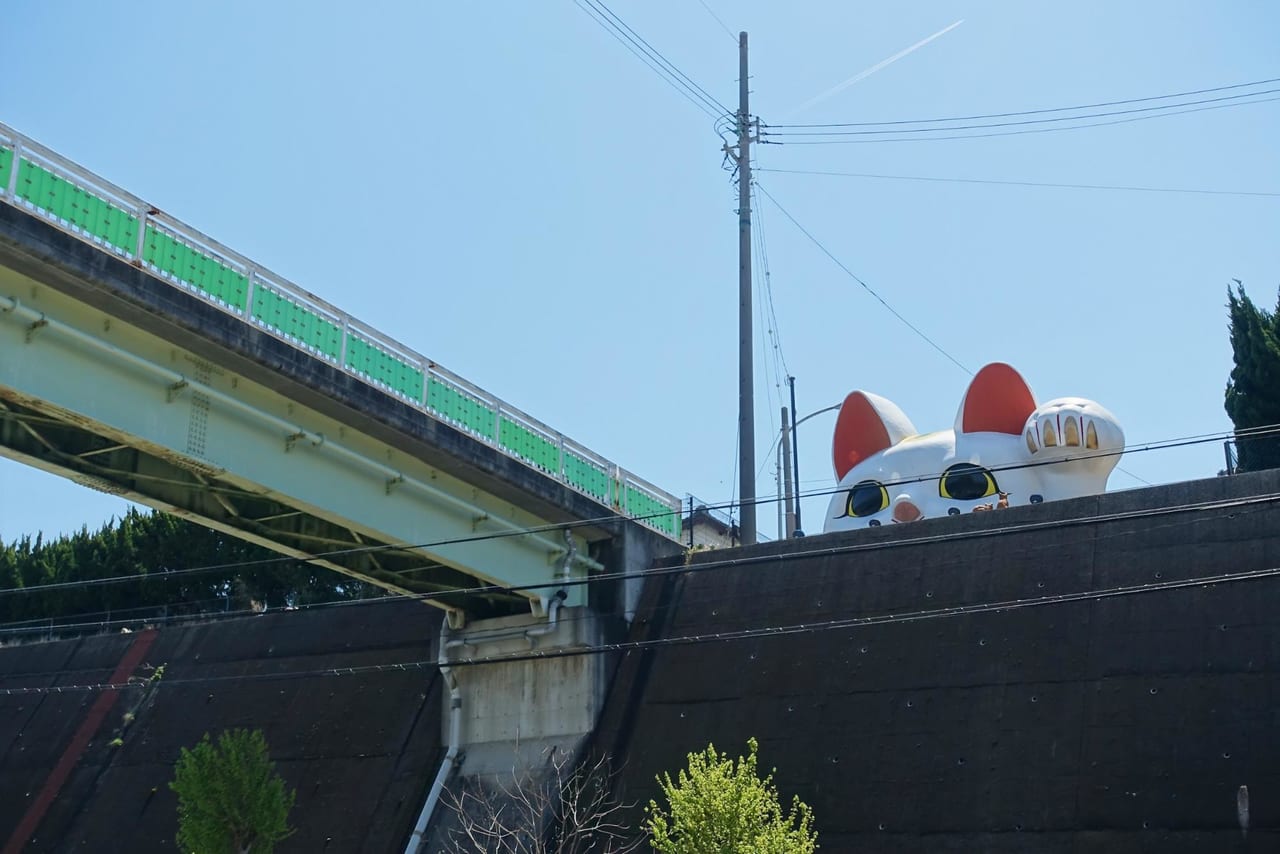
A sneak peek from under the bridge!
Grab a dumpling and stroll around
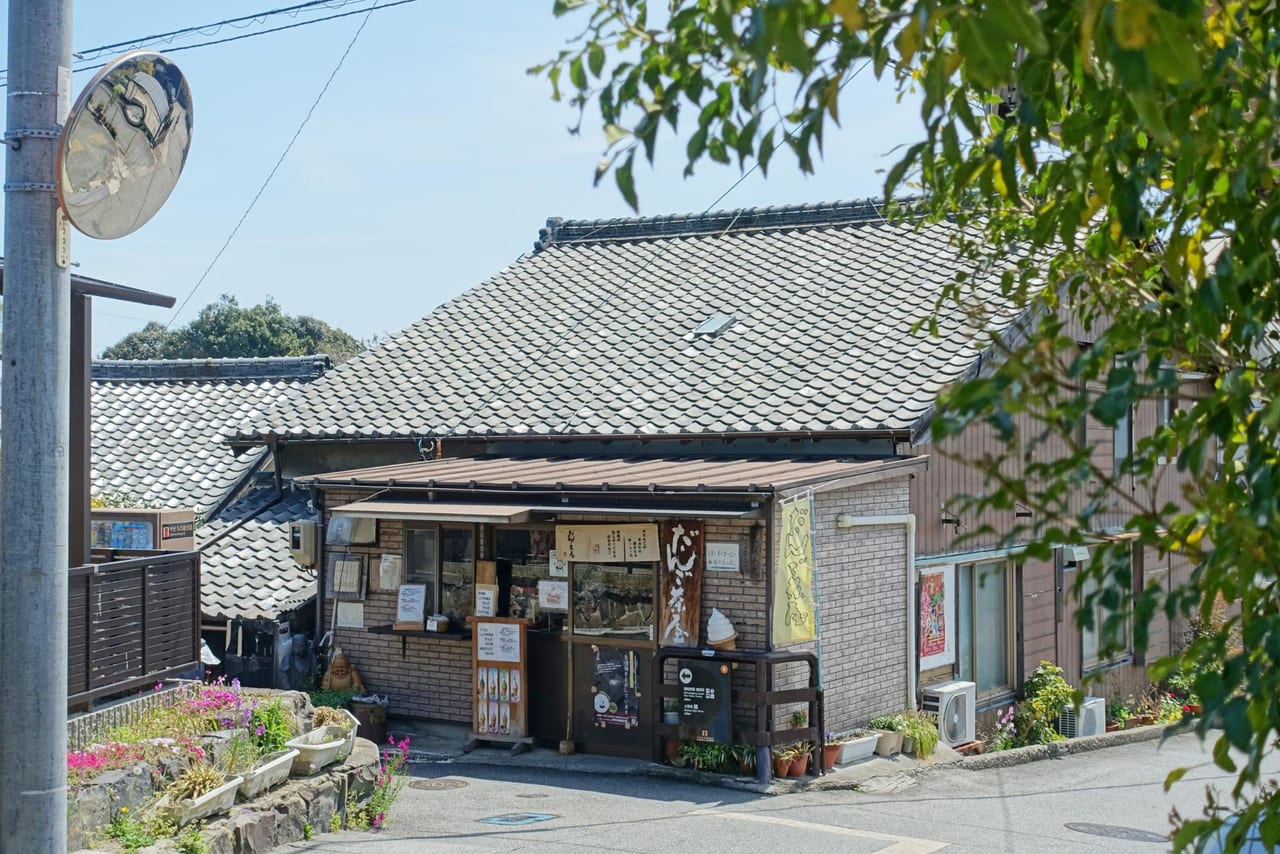
After saying goodbye to Tokonyan and walking for a while, I found a dumpling shop!
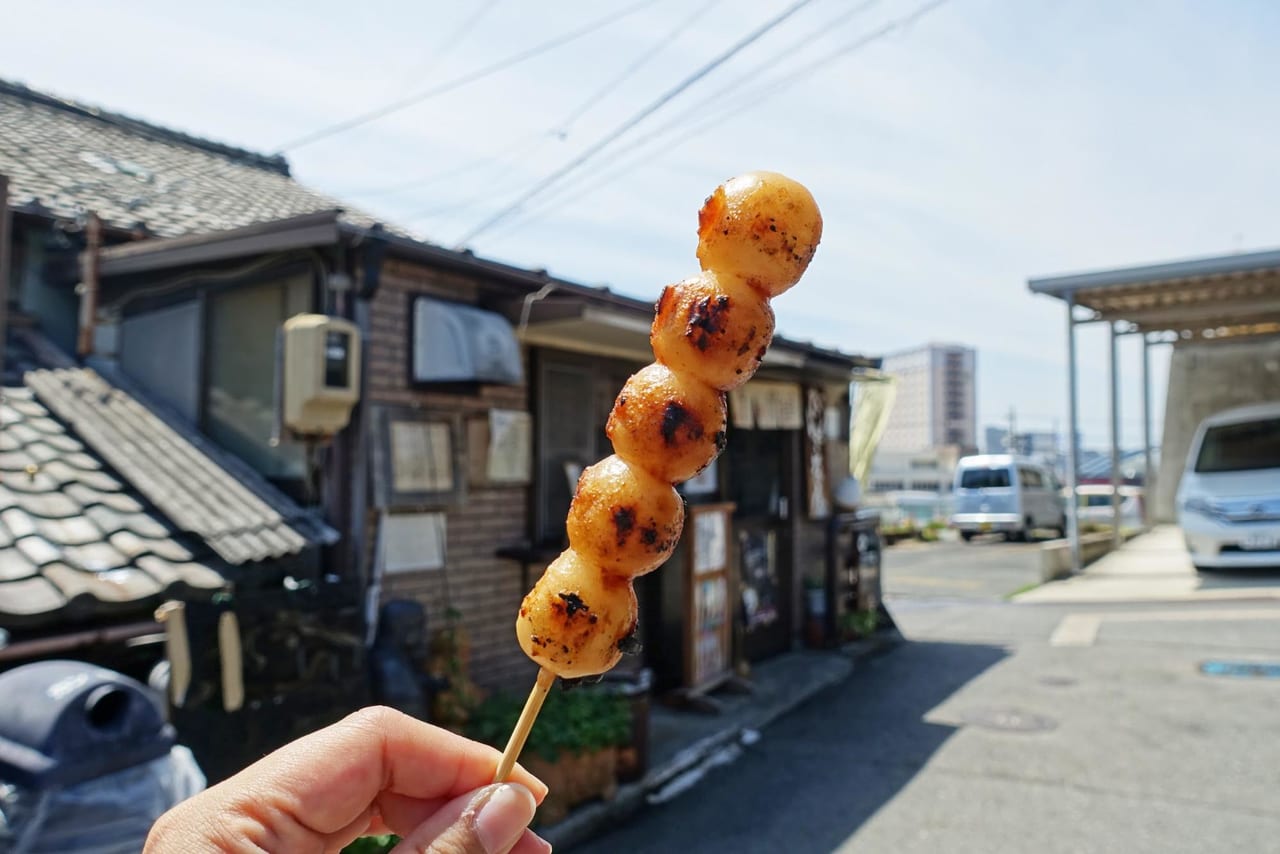 Soy sauce dumpling ¥100
Soy sauce dumpling ¥100
When the grandma in the store asked me "Want some dango dumplings?", I bought them without thinking. The fragrant soy sauce is irresistible on the chewy mochi! It's so delicious that I could eat as many as I could.
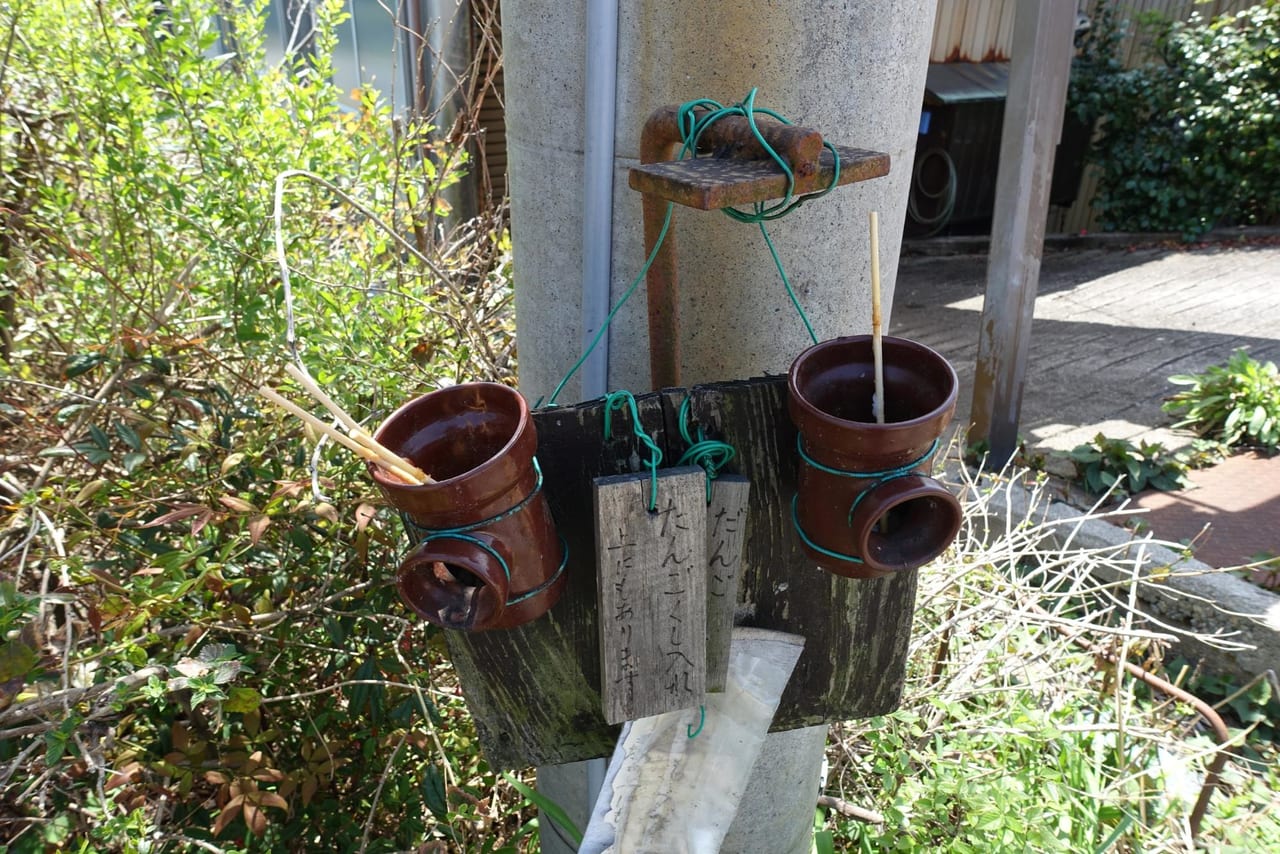
Just as the grandma said, "There are skewer containers at the top of the hill, so you can walk around and eat", I found there skewer containers made out of pottery.
[DANGO-CHAYA]
Address : 4 Sakae-cho, Tokoname-shi, Aichi
Telephone number :0569-34-3794
Business hours: 9:00-17:00
Closed: Unscheduled holidays
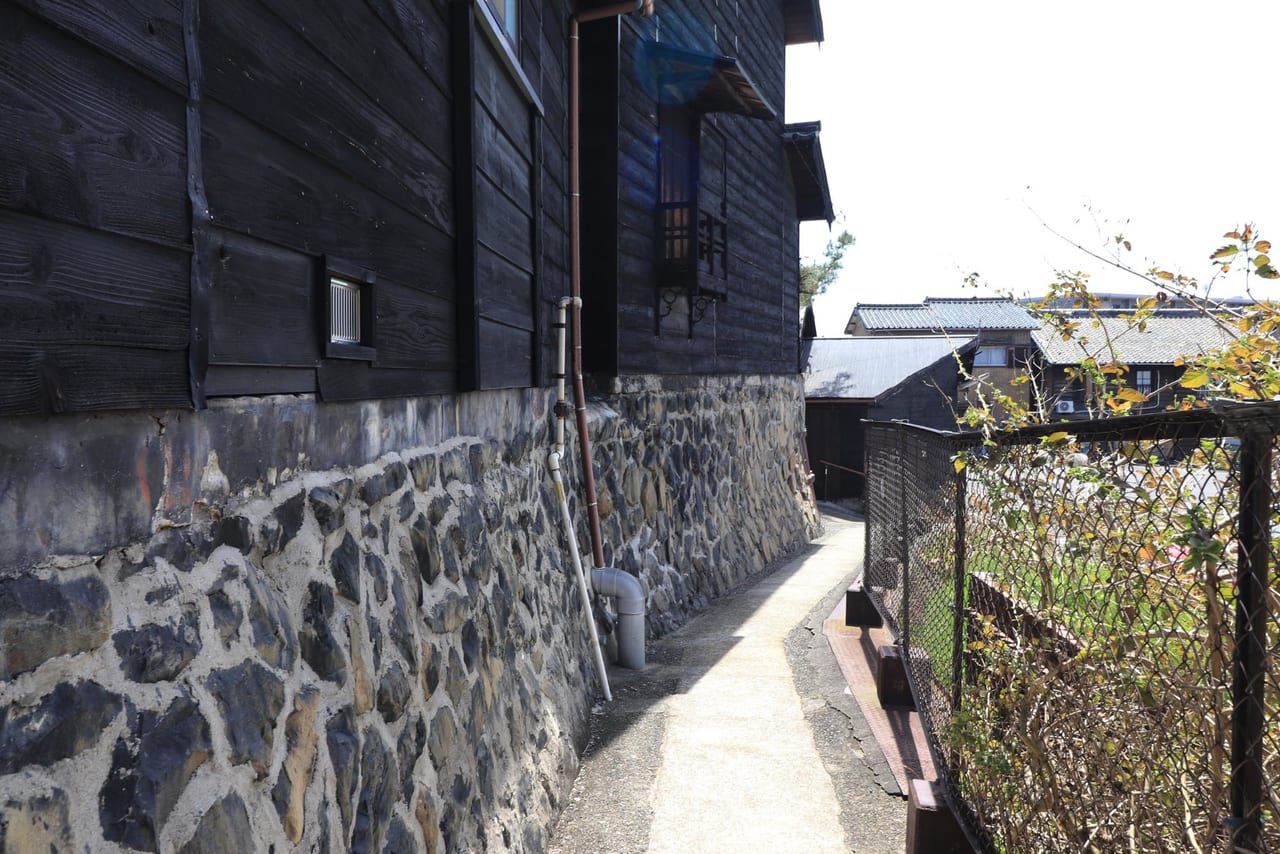
Go up the slope a little and go through the black wall path.
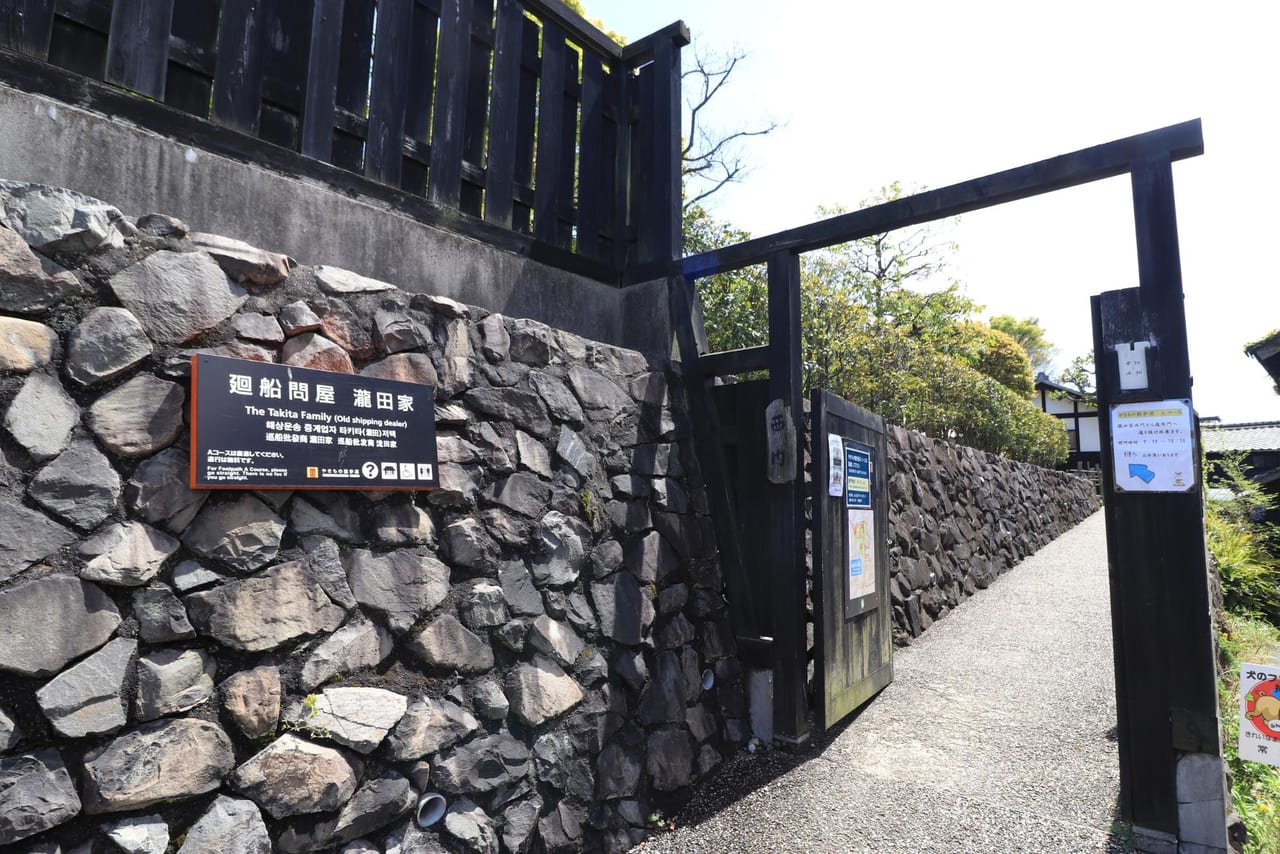
I arrived at the west gate of "Ship wholesaler Setaya". I wonder if it is allowed to go in. But this is also the part of route A, so you can pass through.

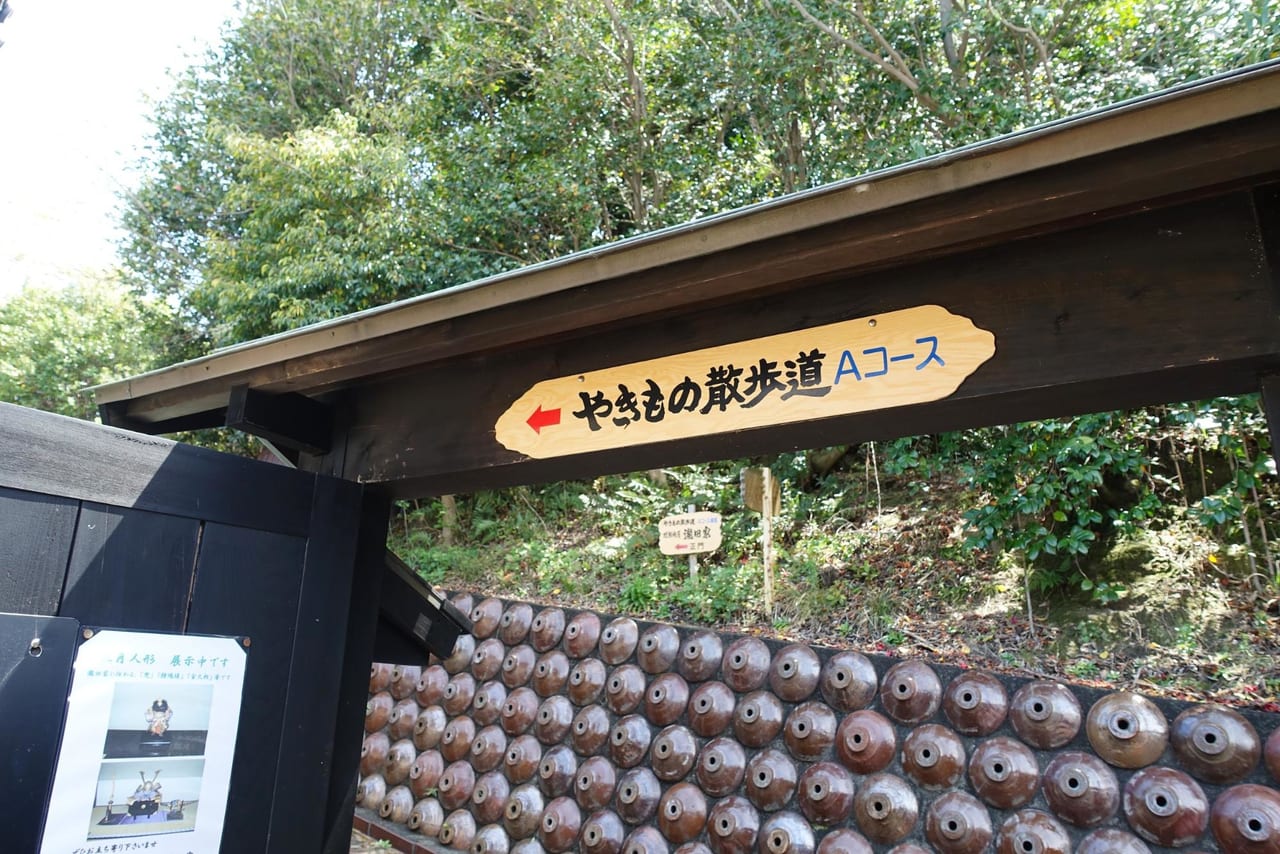
Proceed through the garden, which is also a resting space.
Merchant house from the Edo period to the Meiji era
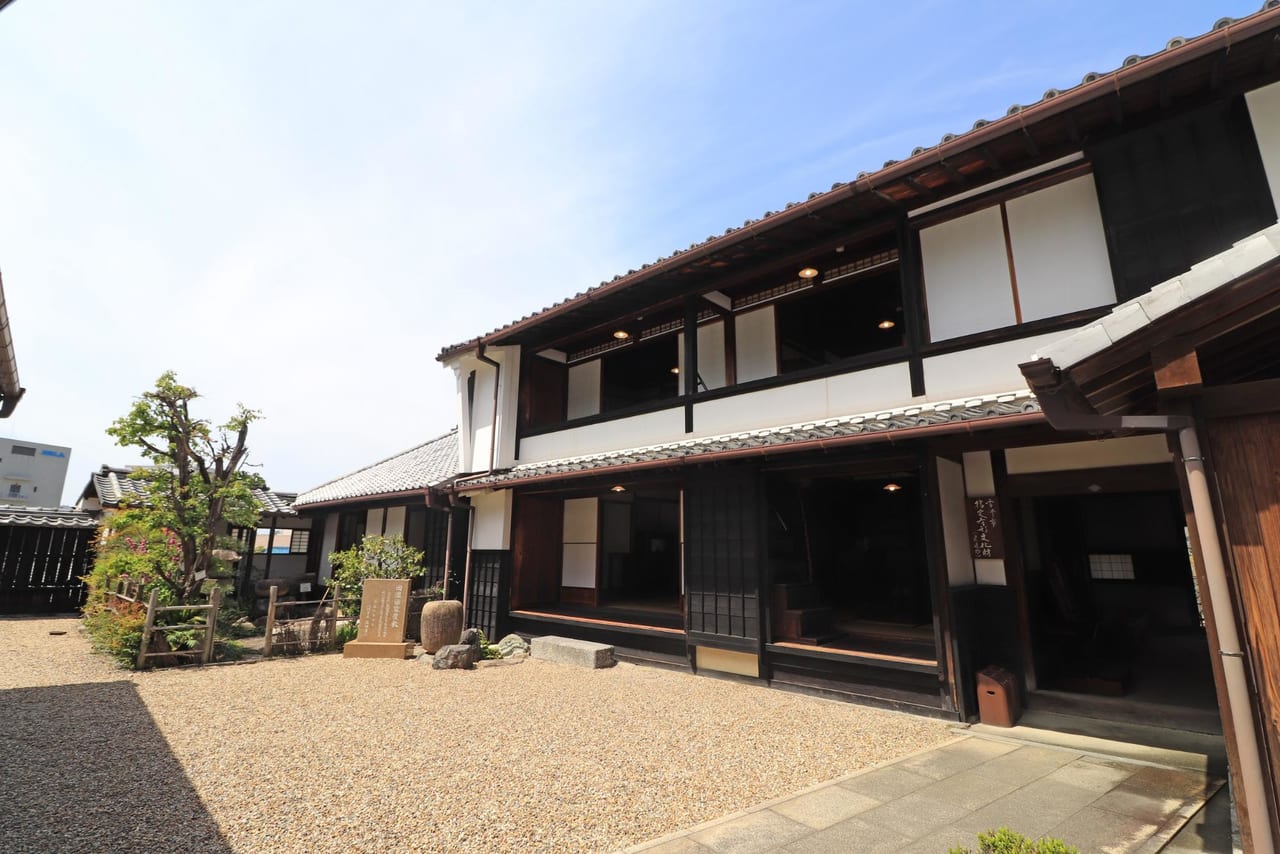
Let's go to "Kaisen Donya Setaya", which we just passed through the west gate.
Tokoname was a pottery town as well as a shipping town from the Edo period to the early Meiji period. Tokoname ship. It connected the area around Ise Bay (Owari, Ise, Mino, Mikawa) with the Edo and Kamigata areas, and supported the lives of people at that time.
The Seta family is known as a representative of such shipping wholesalers, and this building is a residence built around 1850. This building was built around 1850 and is registered as a designated cultural property of Tokoname City. Visitors can enjoy a variety of exhibits including the lifestyle of merchants in the Edo period, daily tools, and ship's equipment.
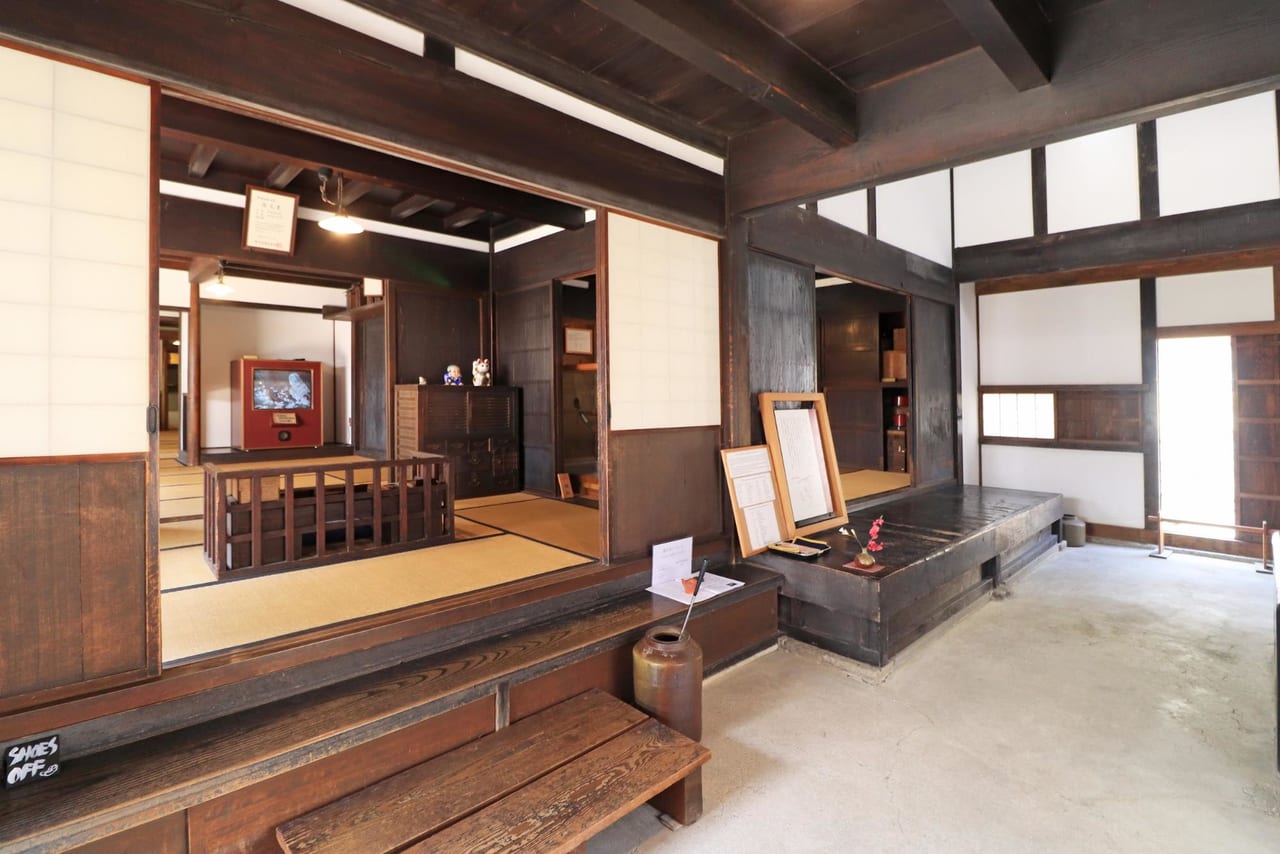
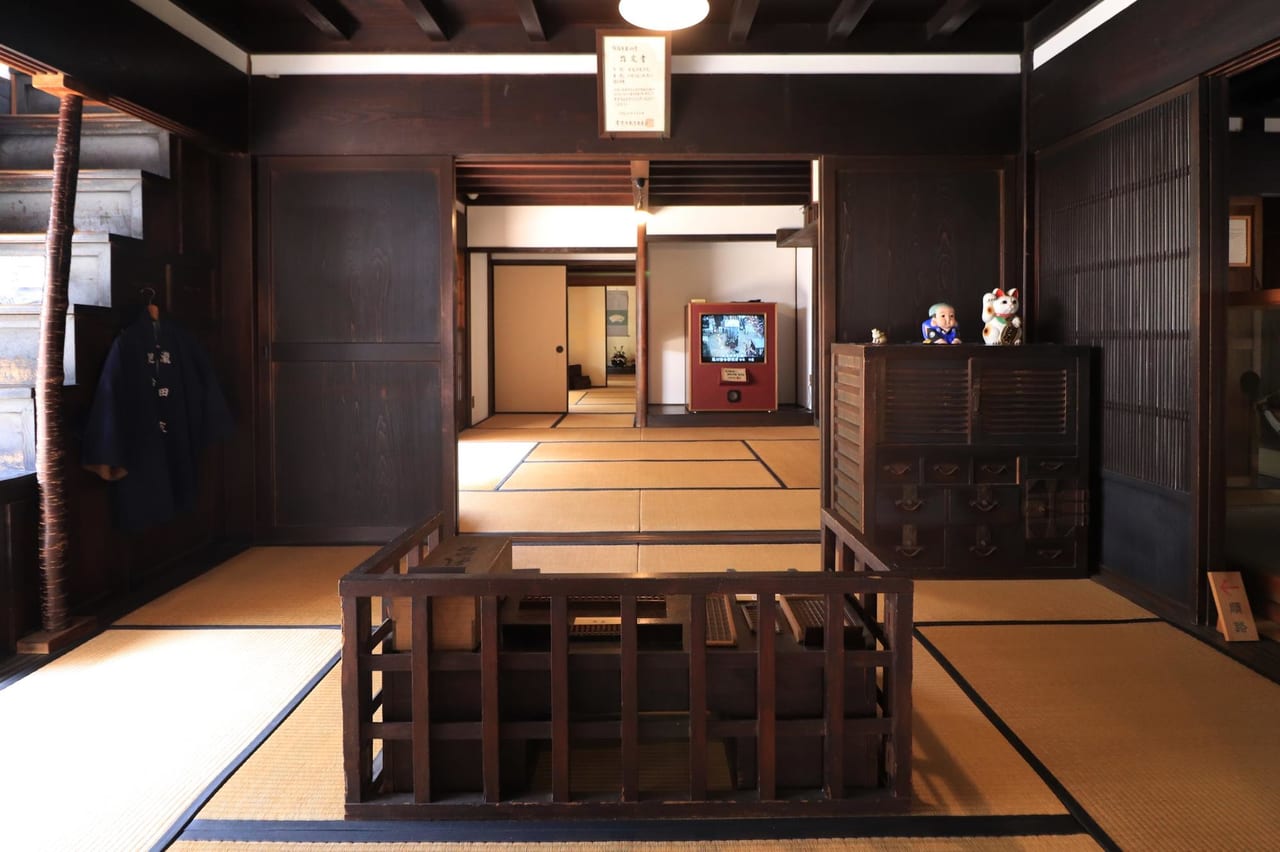
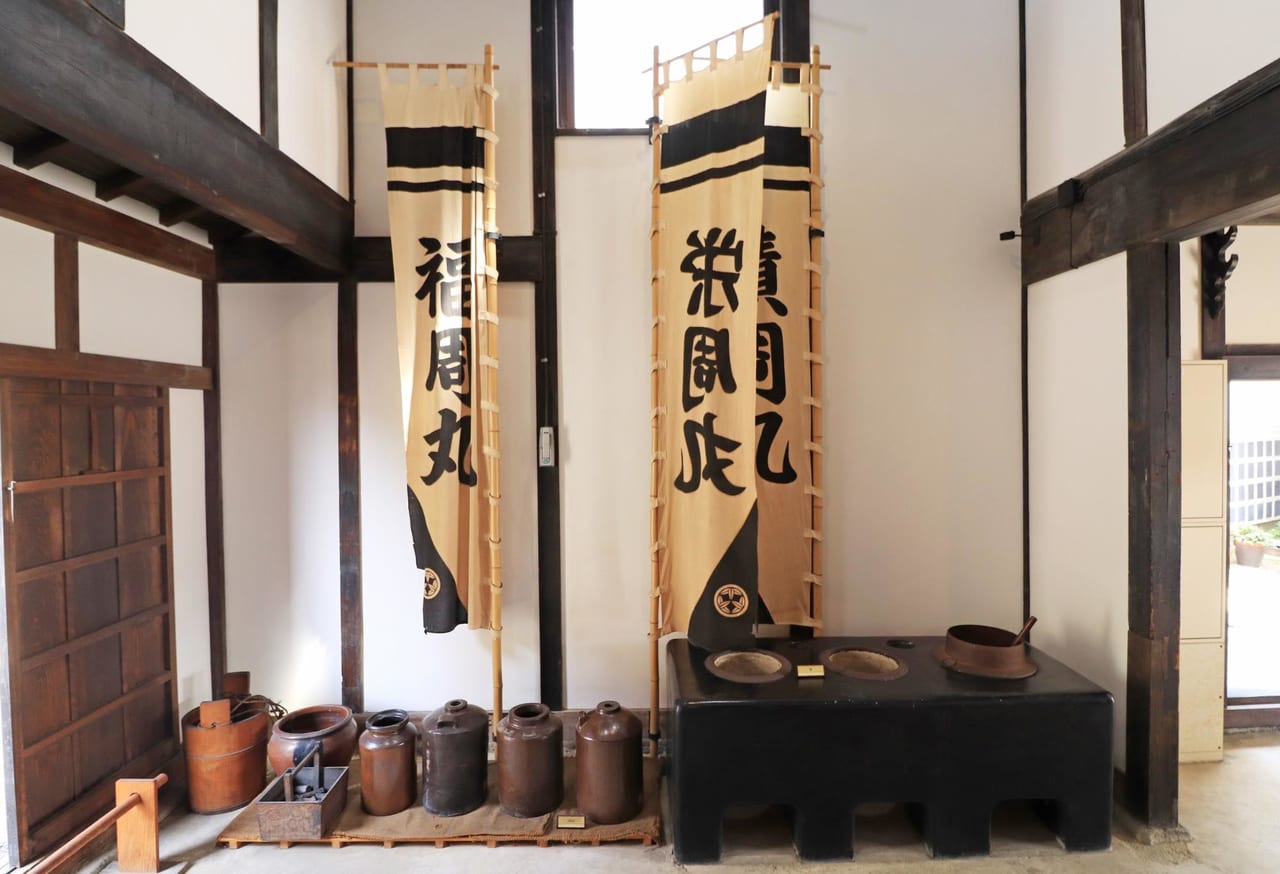
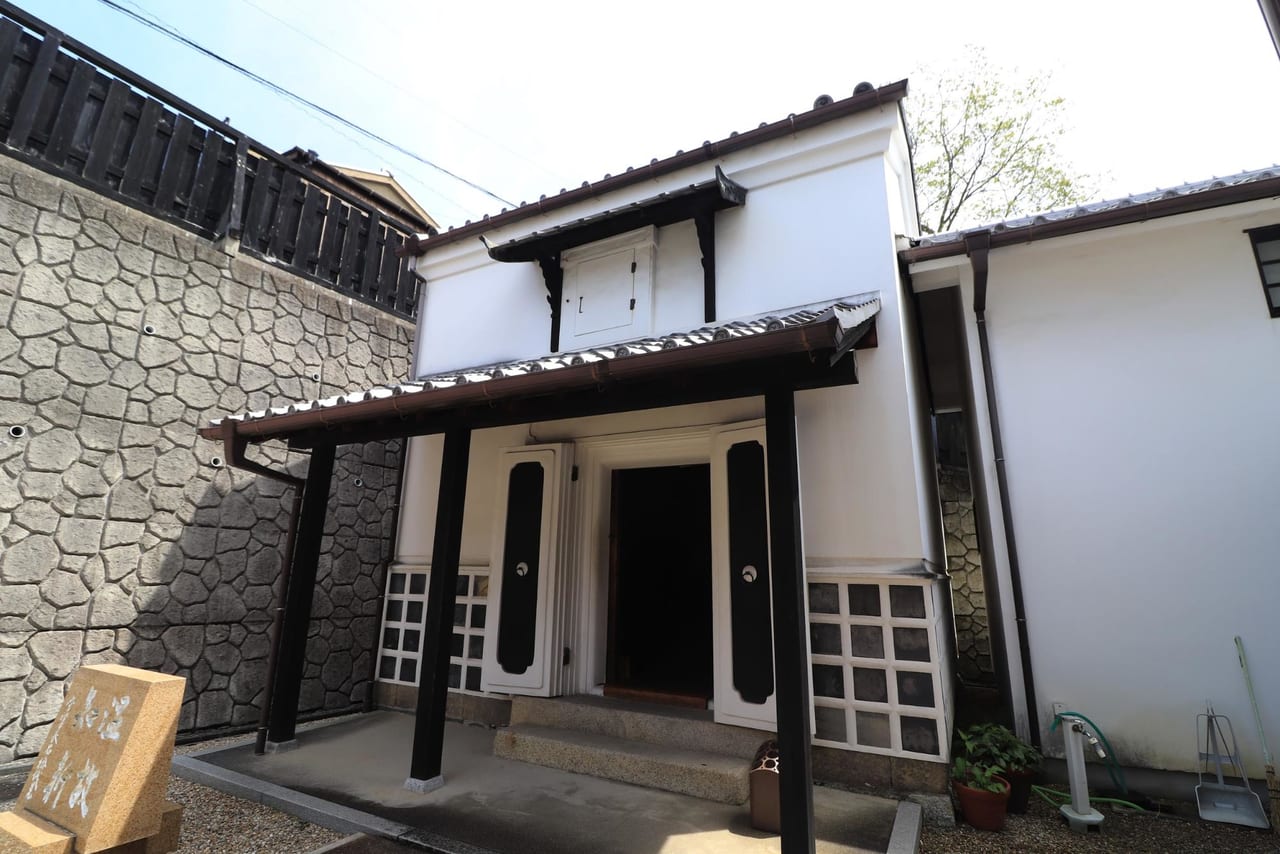
It was restored by Tokoname City as a place where you can feel the history of Tokoname ships, and has been open to the public since April 2000.
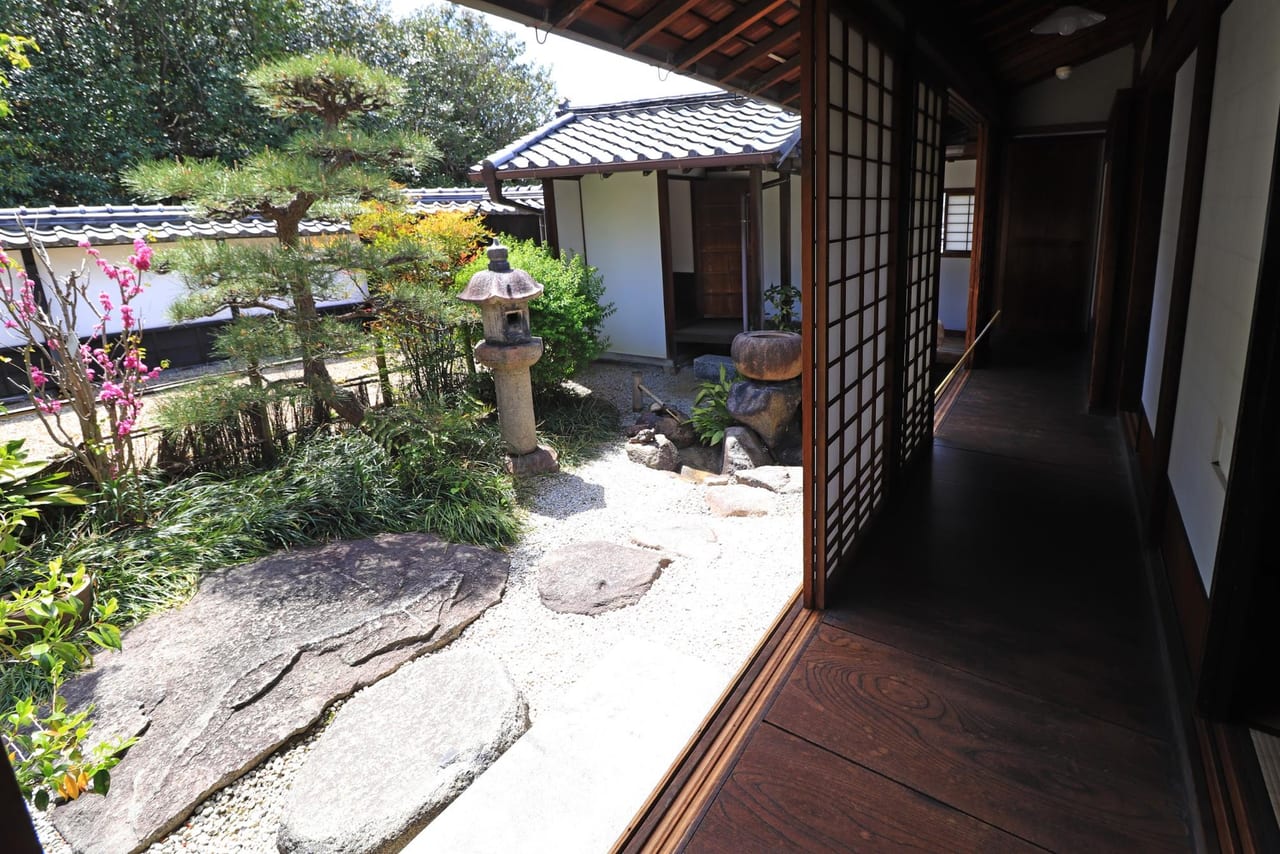
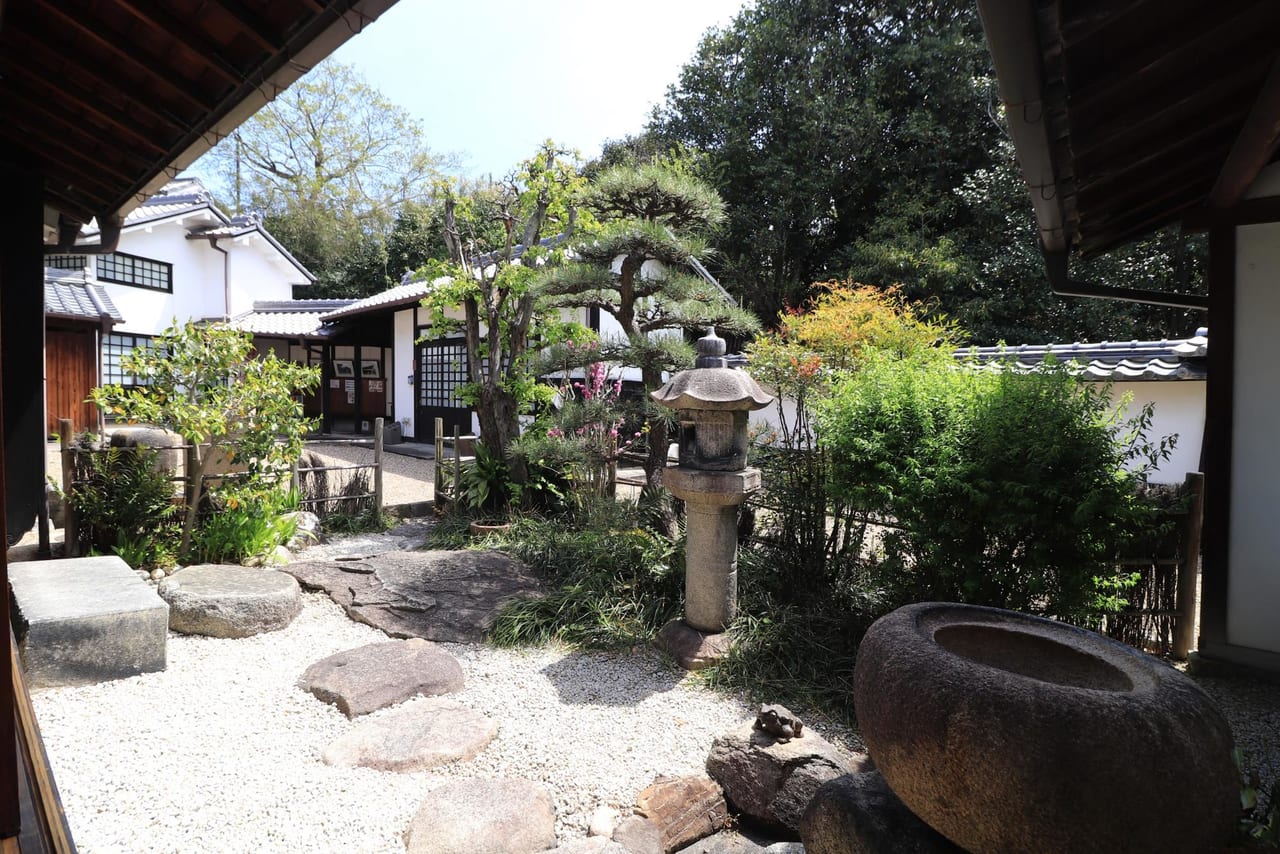
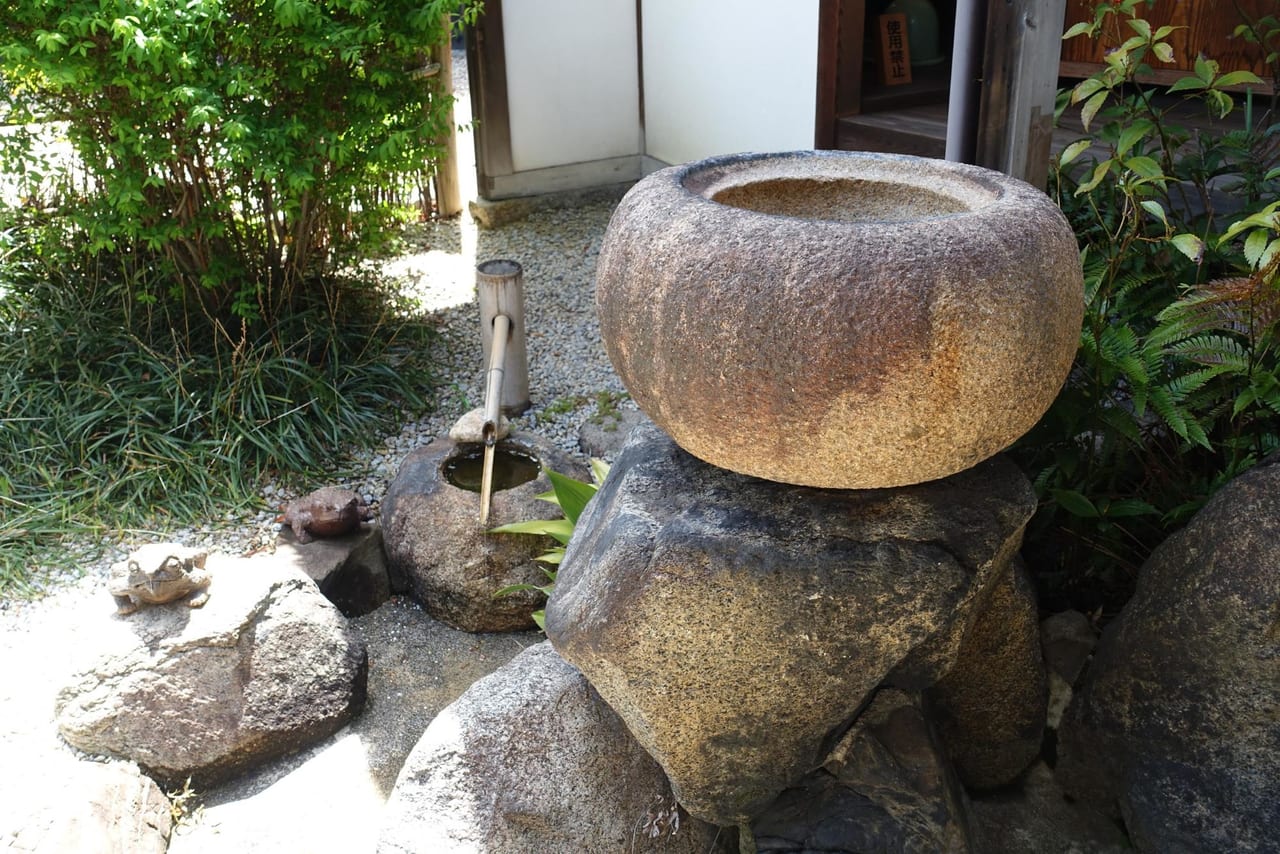
Beautiful tones resound from the "Suikinkutsu" in the Japanese garden. A suikinkutsu is a type of Japanese garden decoration in which sound echoes inside a bottle that is embedded in the soil with water droplets. It is a comfortable space that makes you forget the time.
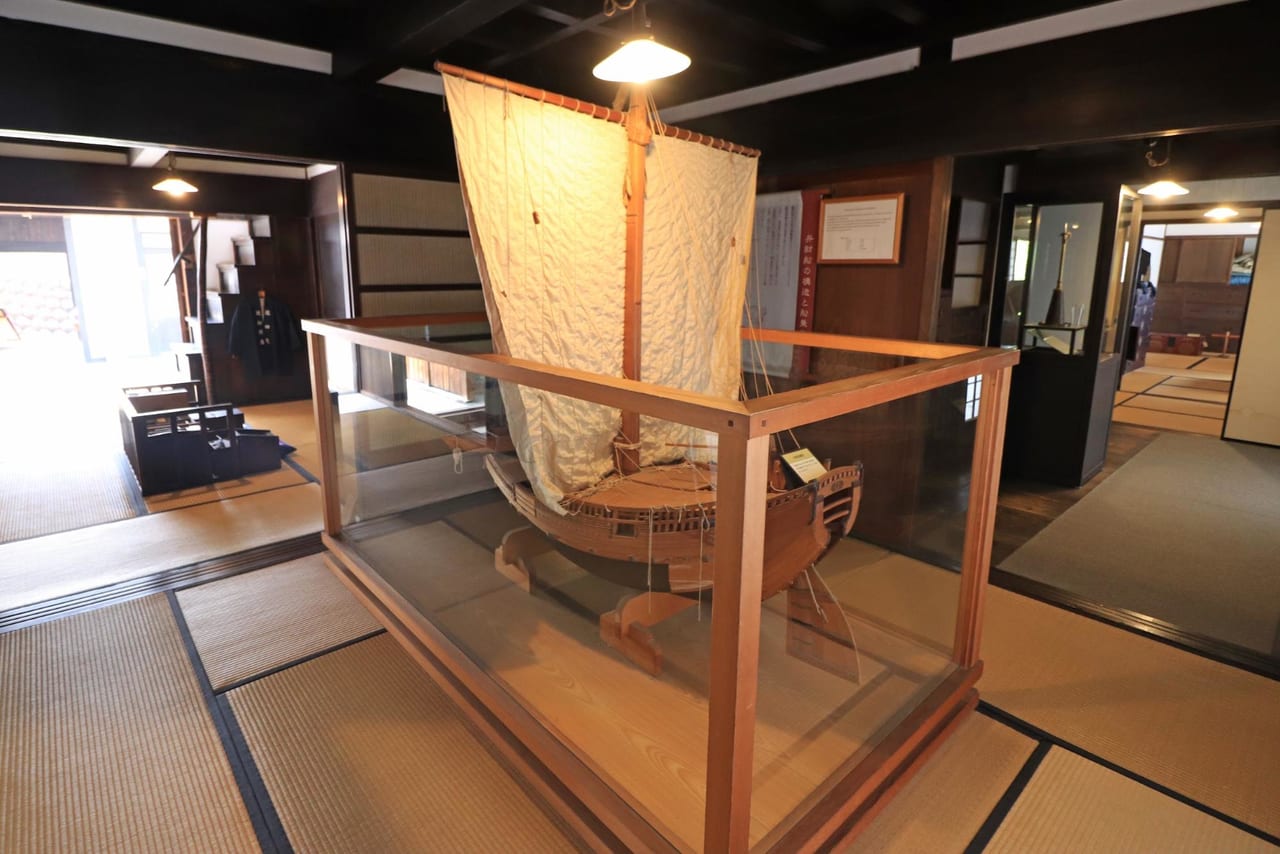
A model of the Benzaisen is also displayed on the first floor.
The load capacity of a ship owned by the Takita family ranged from 700 to 1,000 koku. The boats were built in Ise Ominato and Tokoname. However, even a ship carrying 800 koku had only a small crew of about 15 people.
[Kaisen Donya Setaya]
Address : 4-75 Sakae-cho, Tokoname-shi, Aichi
Telephone number :0569-36-2031
Business hours: 9:00-16:30
Closed: Year-end and New Year holidays, Wednesdays (open if Wednesday is a national holiday)
Admission :200 yen (free for junior high school students and younger)
"Dendenzaka", which is derived from the Takita family
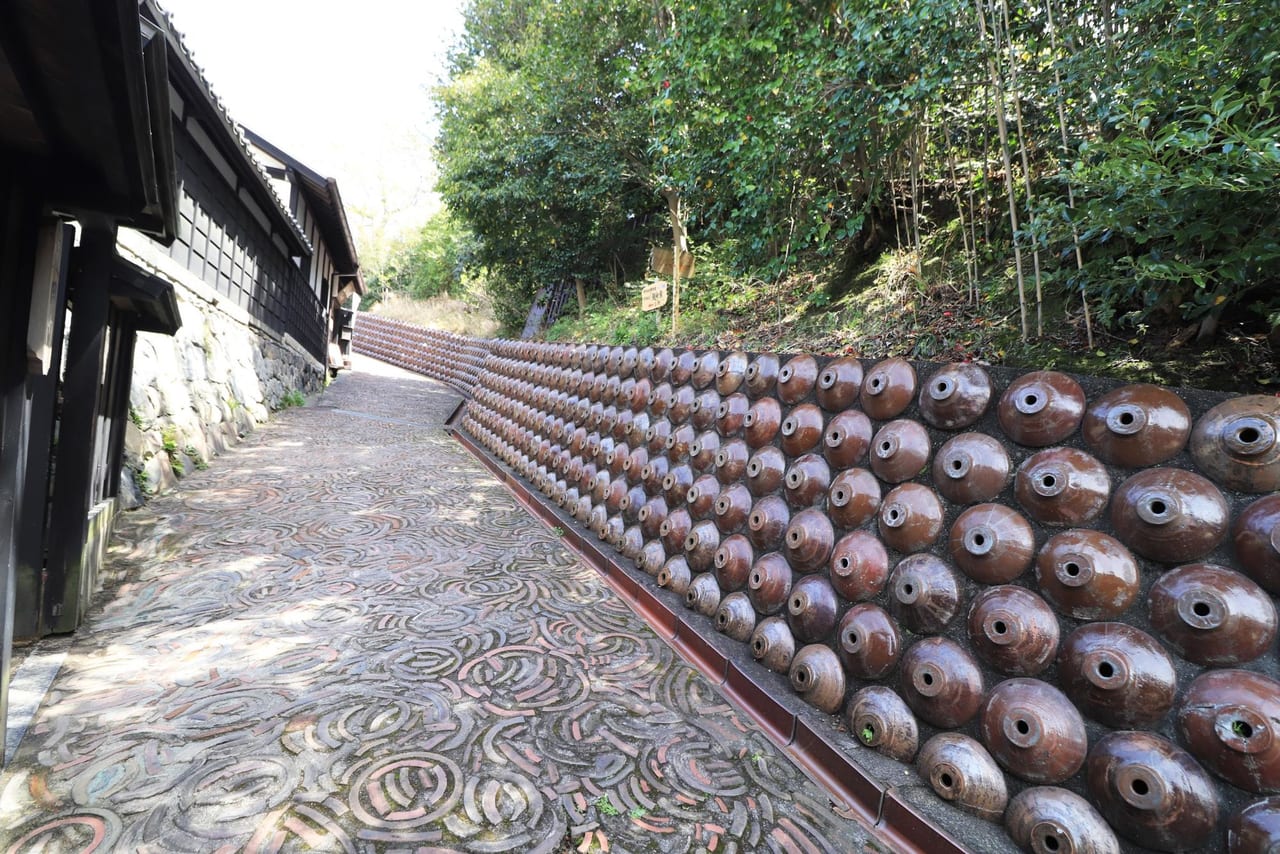
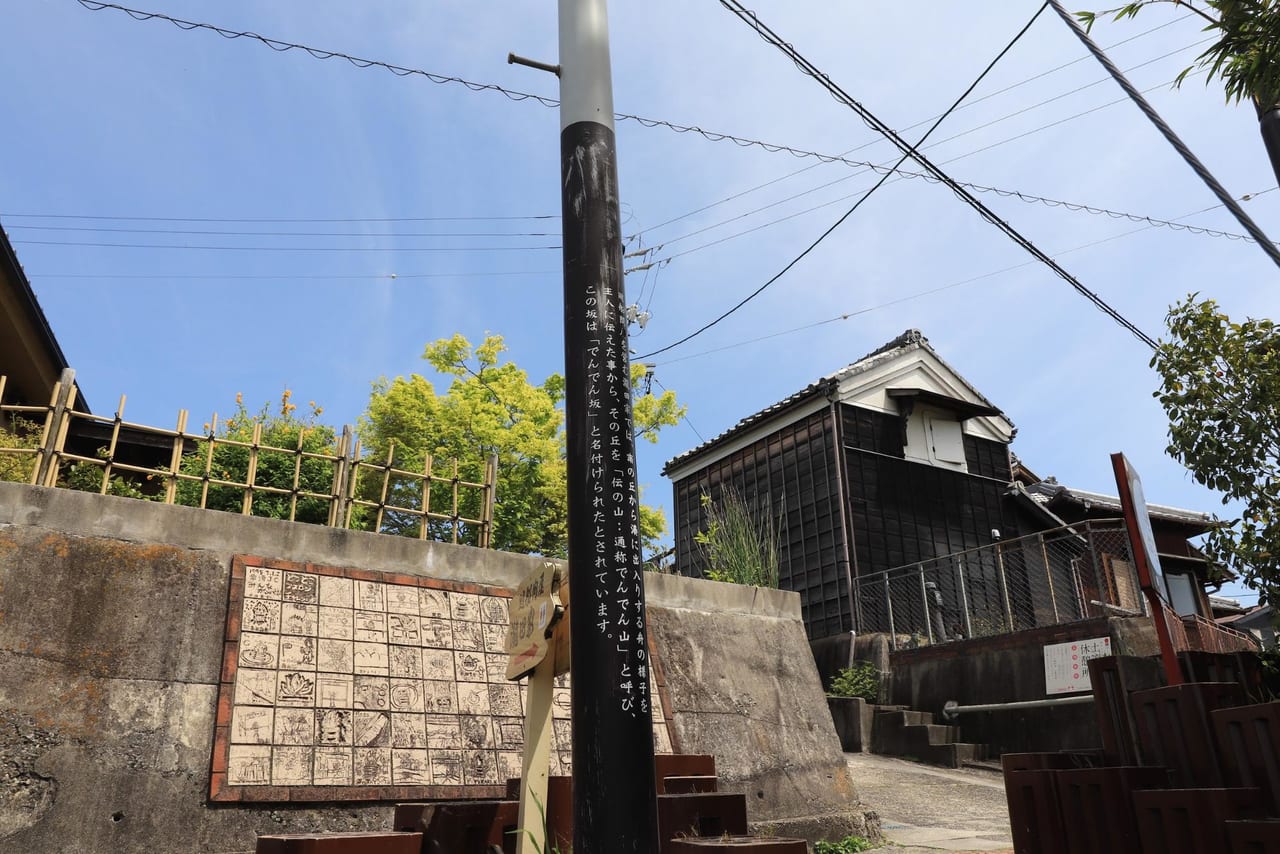
In front of "Kaisen Donya Setaya" is "Dendenzaka". The walls are lined with shochu bottles, and the ground is covered with "kesawa", scrap wood from the wheels used to make clay pipes.
Actually, the name "Dendenzaka" comes from the Takita family. The Takita family, who ran a shipping wholesaler, told their owners about the boats going in and out of the port from the southern hill. The hill is called "Den-no-yama, commonly known as Denden-yama", and this slope is named "Denden-zaka".
"Dokanzaka", a symbol of Pottery Trail
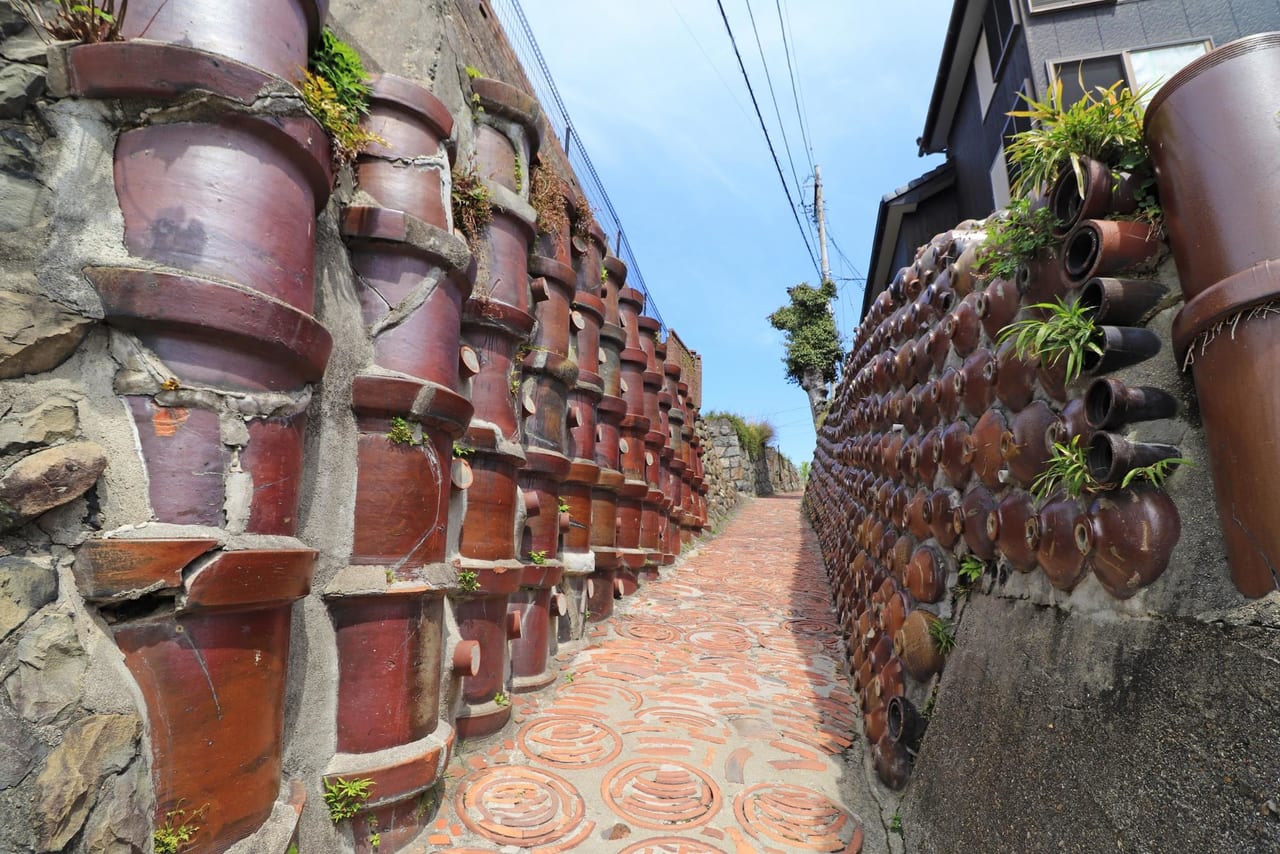
There is another representative slope on Pottery Trail.
That is “Dokanzaka”. Tokoname was the largest producer of clay pipes in Japan from the Meiji period to the Showa period. In this clay pipe slope, 63 clay pipes are embedded around the slope of 23 meters. There are also 390 shochu bottles buried on the other wall. Like Dendenzaka, the ground is covered with kesawa to prevent slipping.
The scenery is truly spectacular, and it has been selected as one of the 30 most famous slopes in Japan.
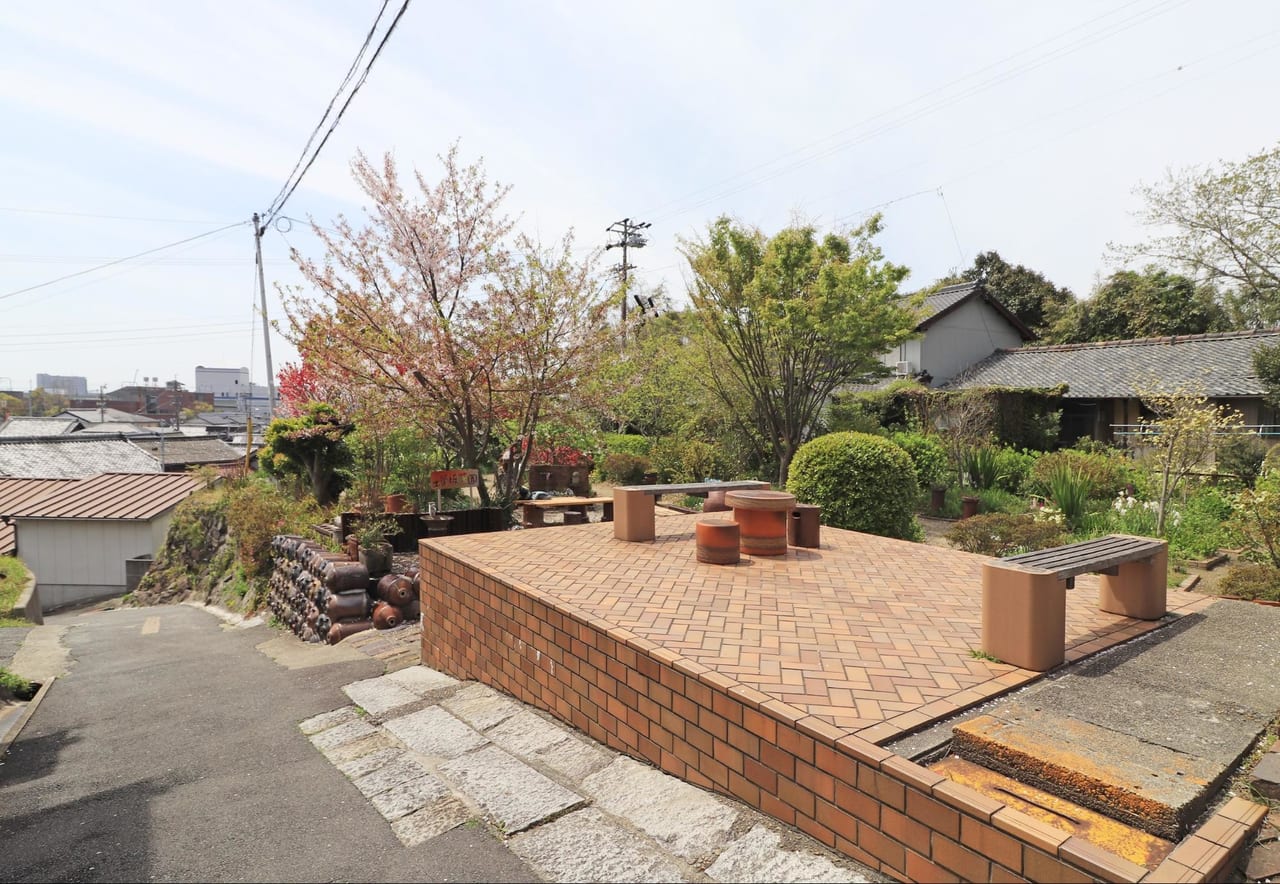
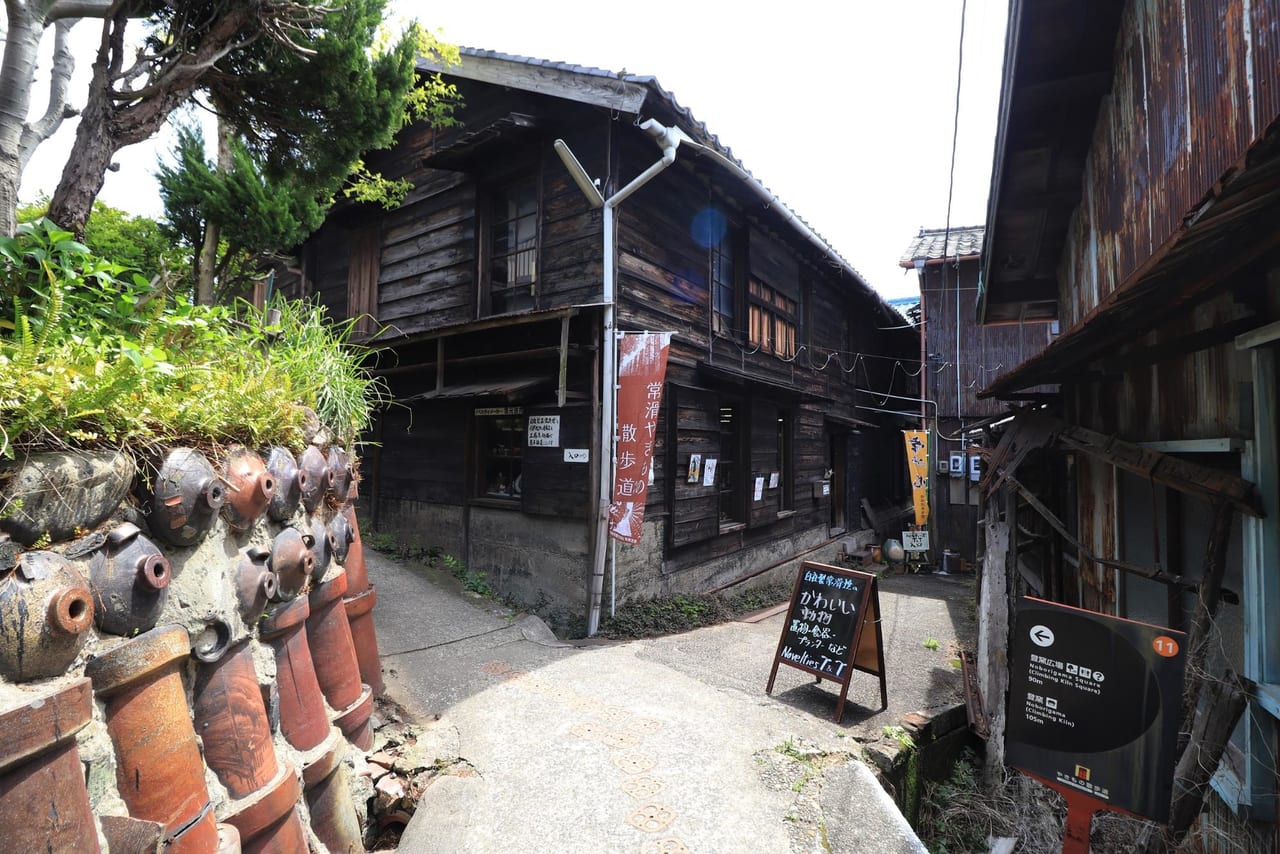
Pass by Dokanzaka Hanazono and continue down the narrow path again.
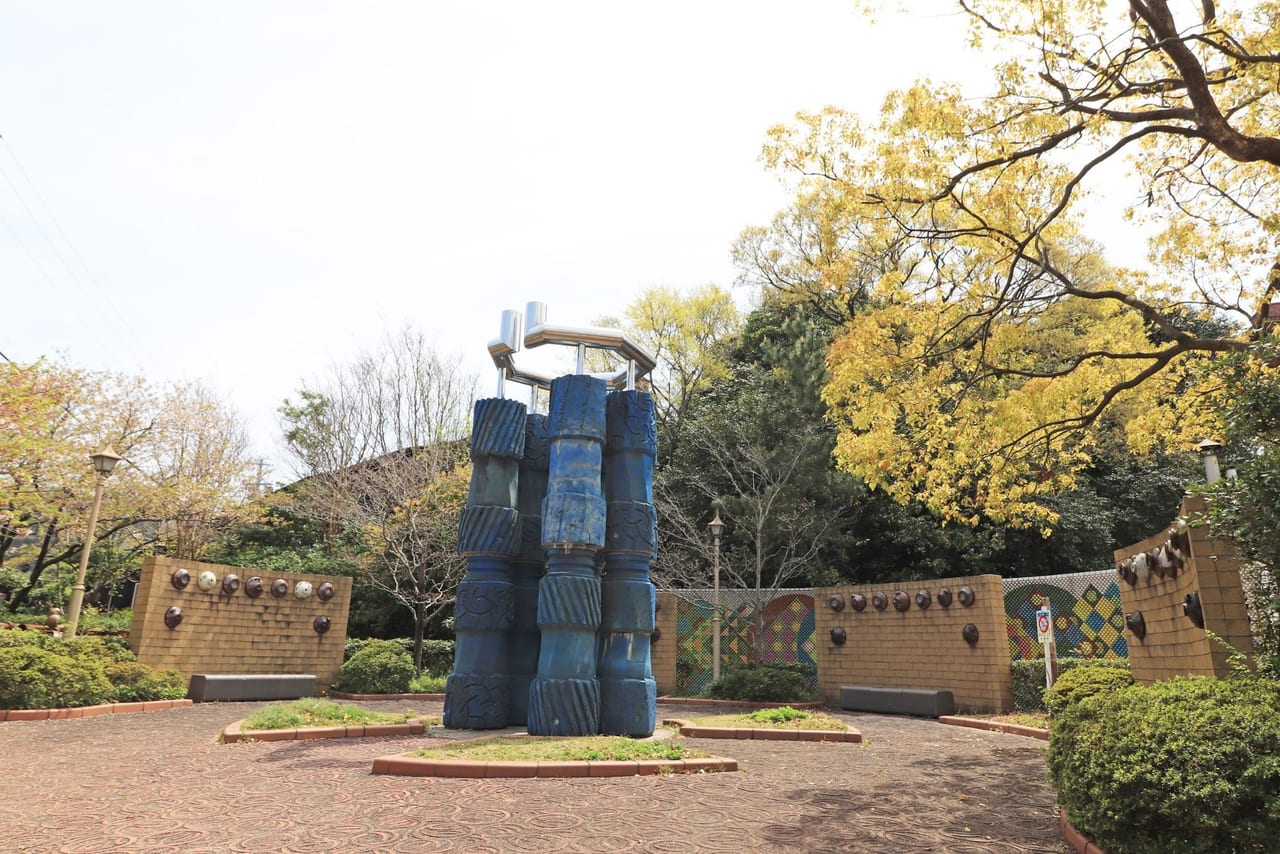
A slightly open area is the "Noborigama Plaza". In one corner of the plaza is the "Noborigama Plaza Exhibition Studio," where visitors can try their hand at pottery making.
Pottery Trail has reached the turning point. That's it for the first part! In the second part, we will introduce “Noborigama”, which is registered as an Important Tangible Folk Cultural Property of Japan, and recommended cafes for lunch.
▼ Click here for the second part
![[Part 1] What to do in the "Pottery Trail" in Tokoname!|Outing in Tokoname City|Life Designs|Traveling and Living in Nagoya, Aichi, Gifu and Mie](https://life-designs.jp/wp/wp-content/themes/wp-templ/assets/img/common/logo.svg)
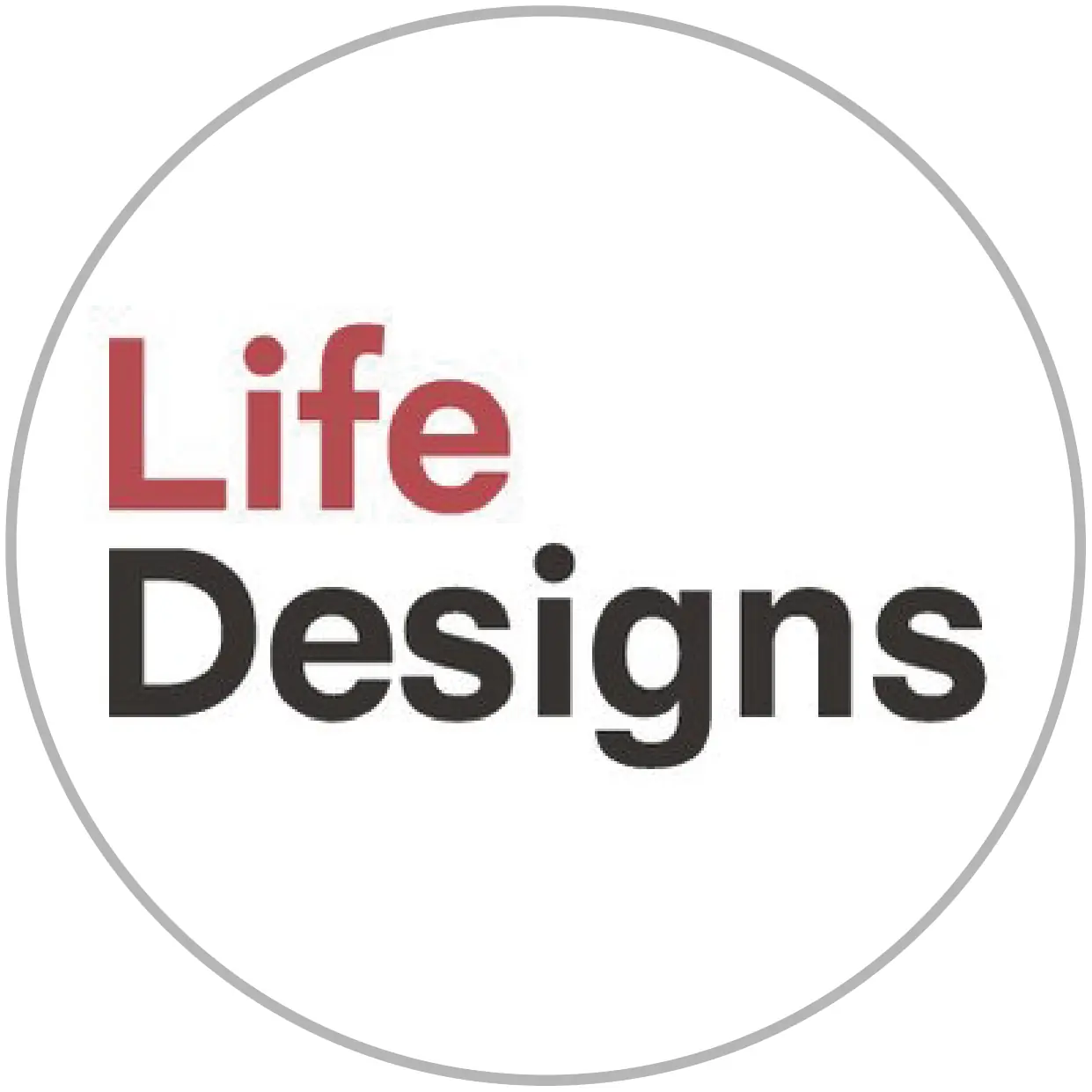
![[Part 1] What to do in the "Pottery Trail" in Tokoname!](https://life-designs.jp/wp/wp-content/uploads/2019/06/image28-16.jpg)

![[Tokoname City] Recommended Outing Spots](https://life-designs.jp/wp/wp-content/uploads/2022/06/46975da912eeb9ccfeabcfa9e3bb7a15-1024x580.png)
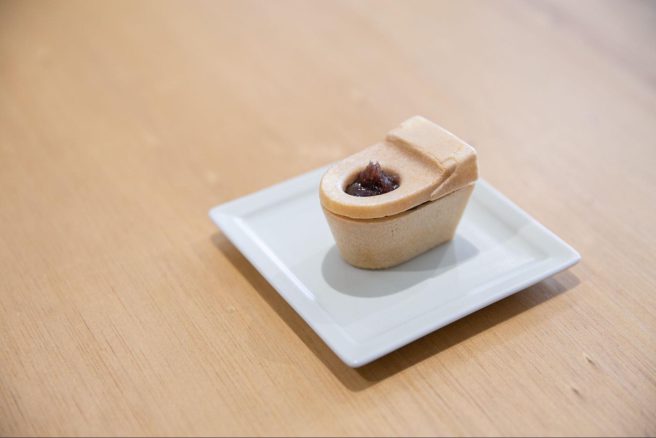
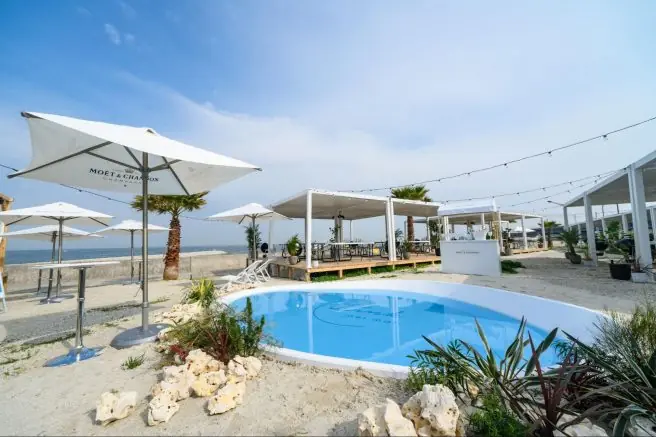

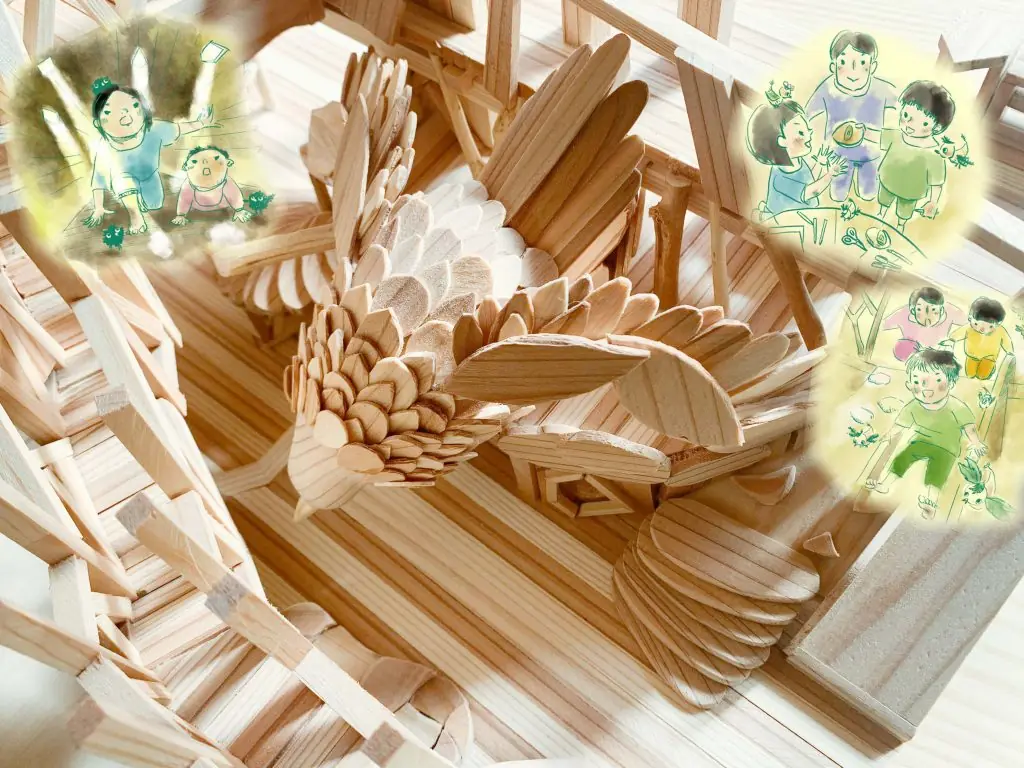
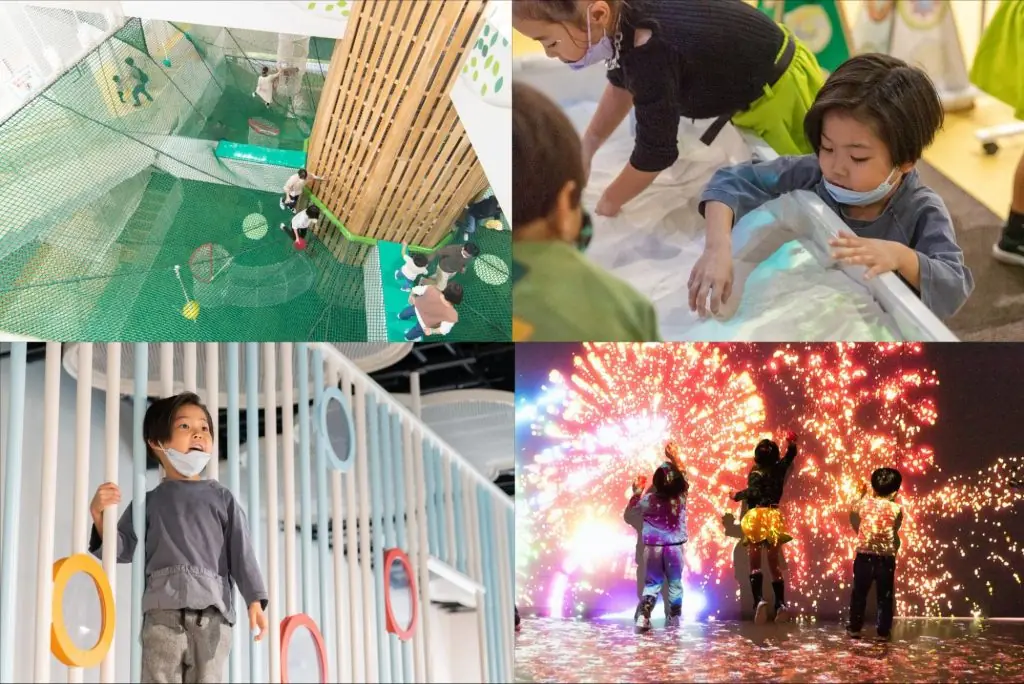
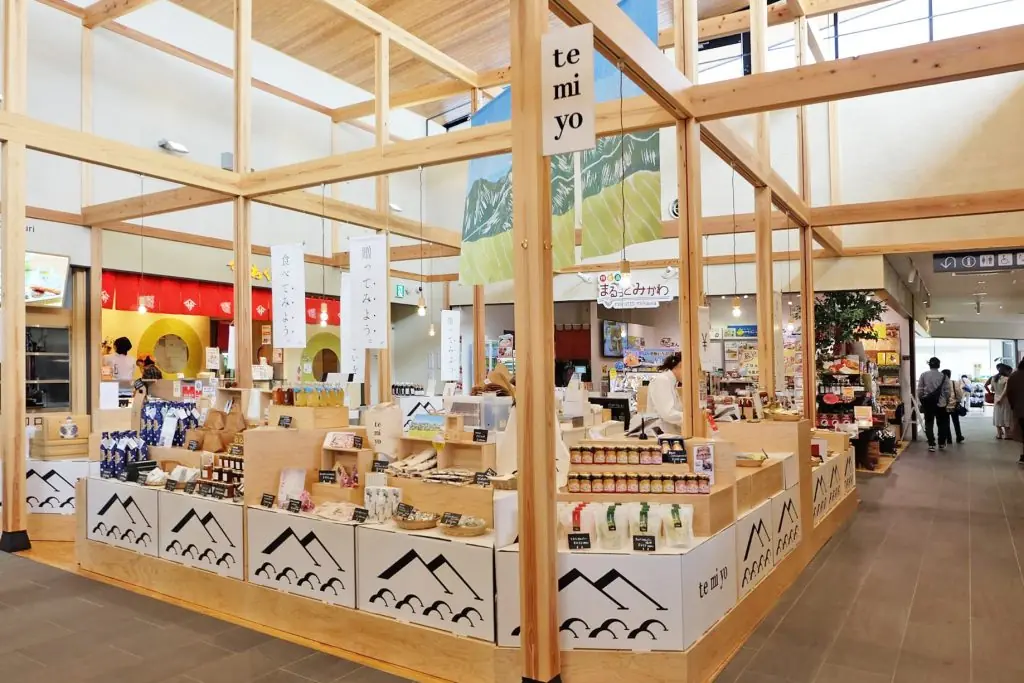
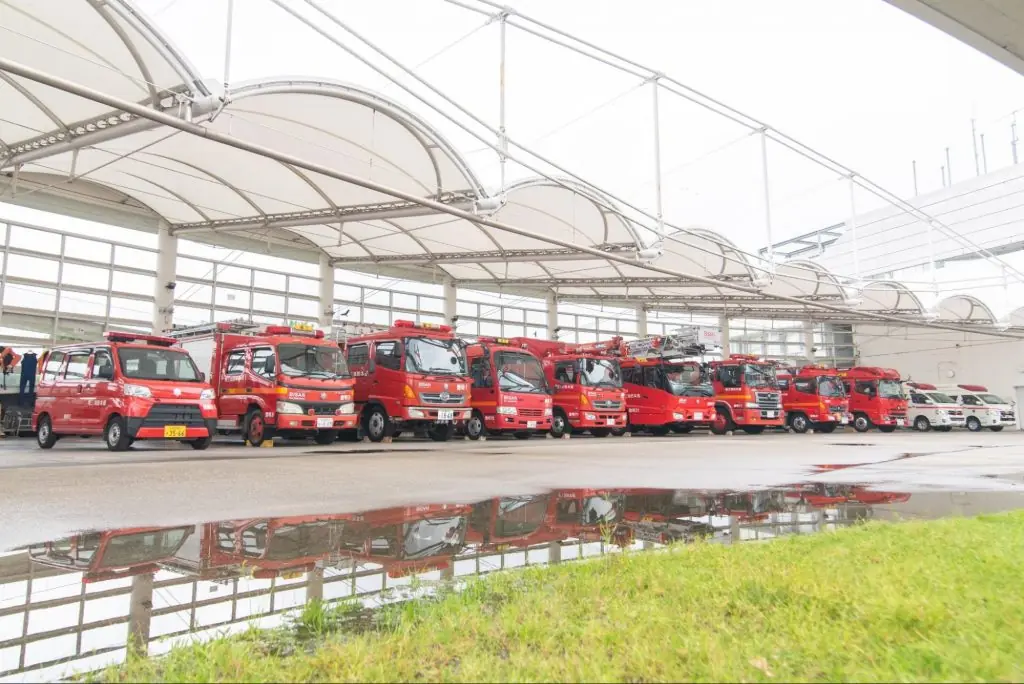
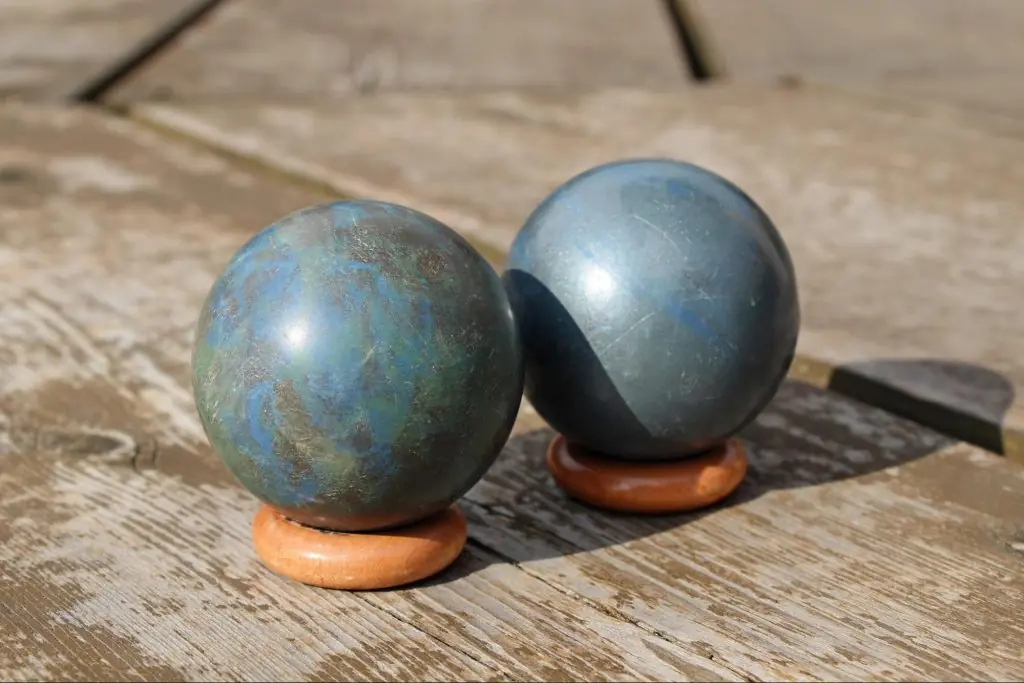
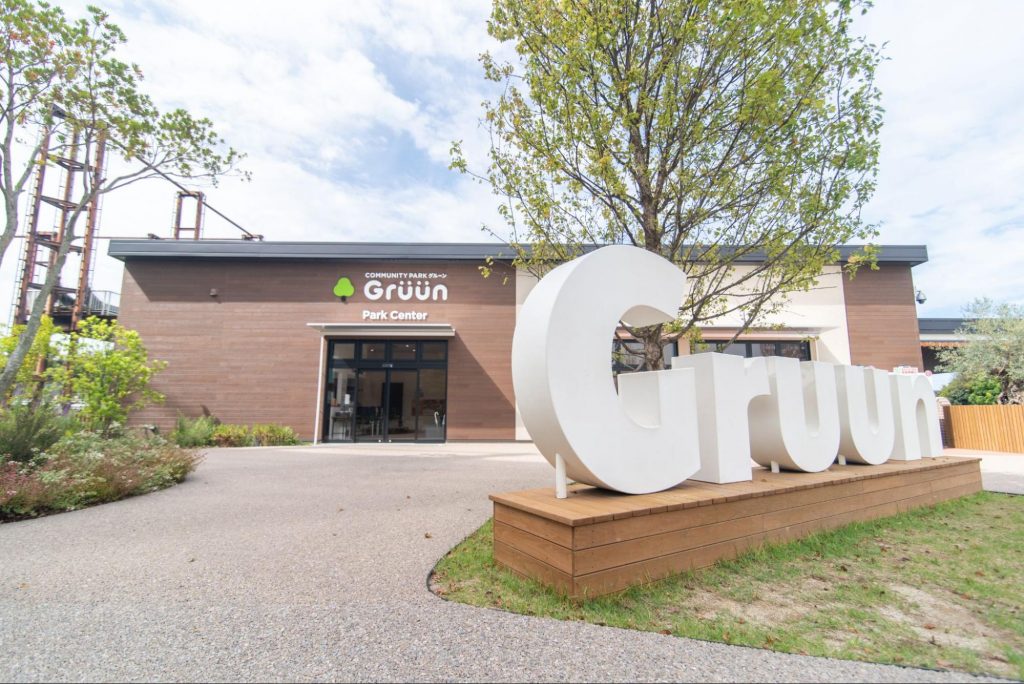
![[17 choices] What you should Buy at Central Japan International Airport (Centrair) in Nagoya!](https://life-designs.jp/wp/wp-content/uploads/2023/12/image9-7-1024x683.jpg)
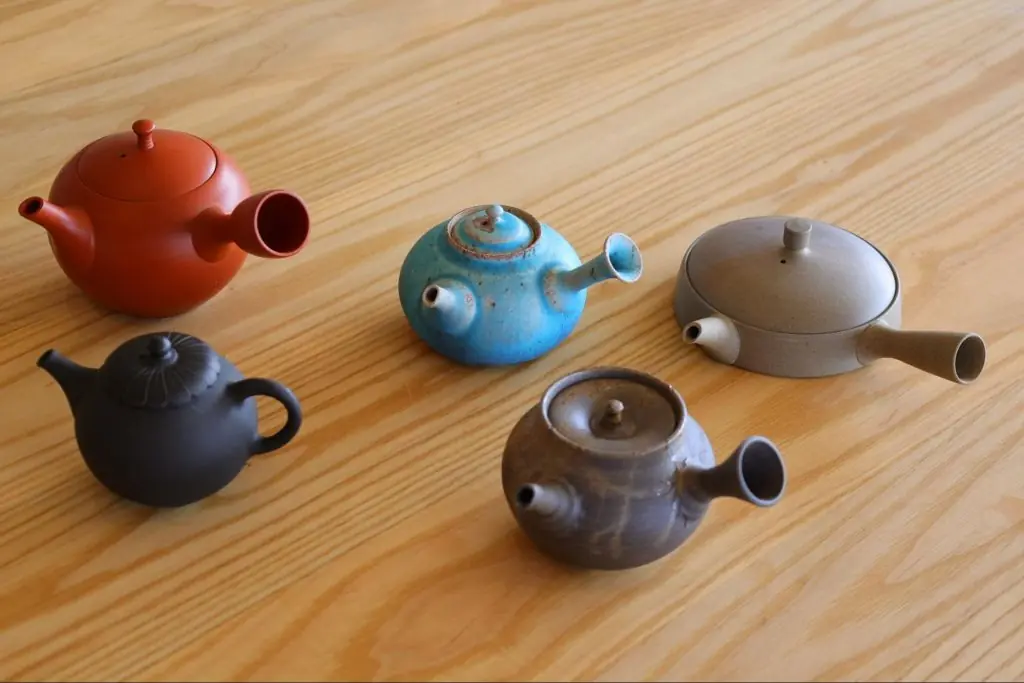
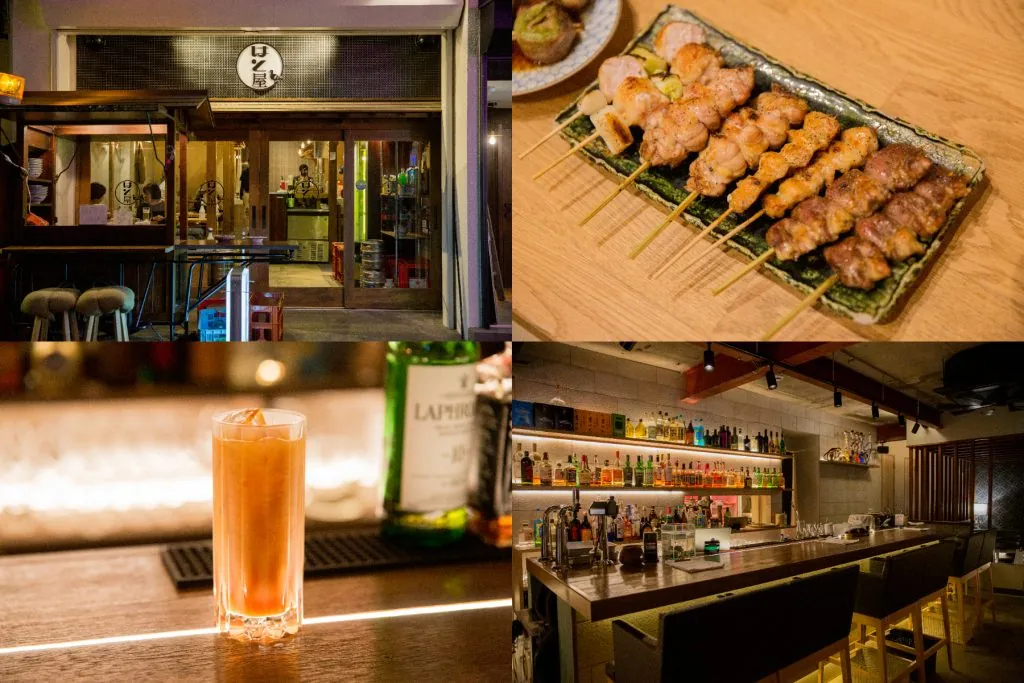
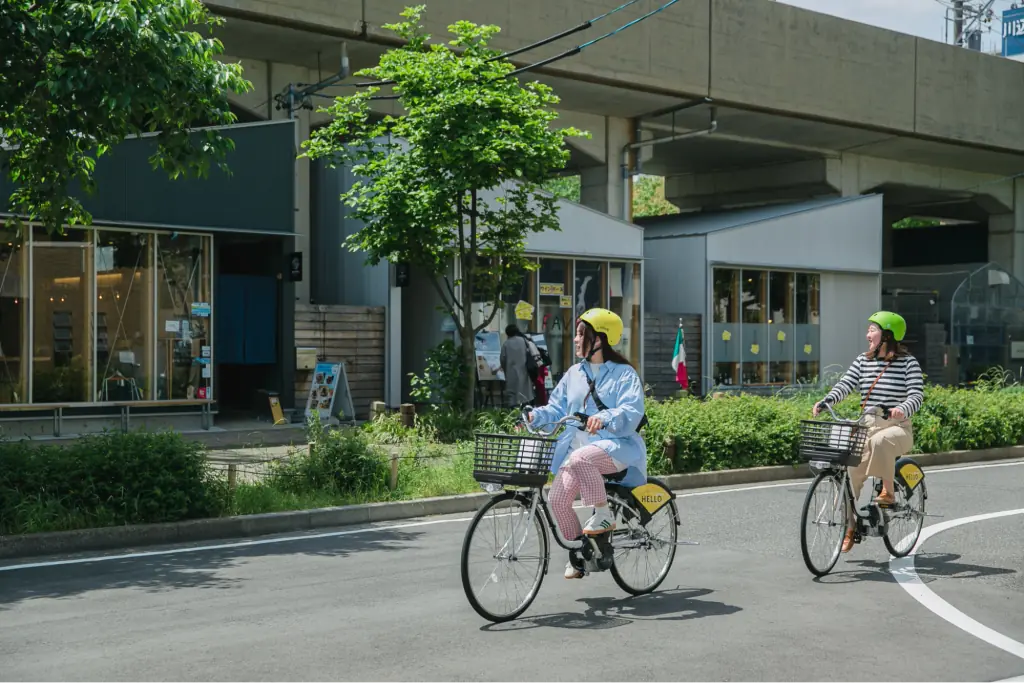
![[Indoor Facilities] Where to Go on Rainy Days in Tokai Area! For Family Outings!](https://life-designs.jp/wp/wp-content/uploads/2023/07/FotoJet-23.jpg)
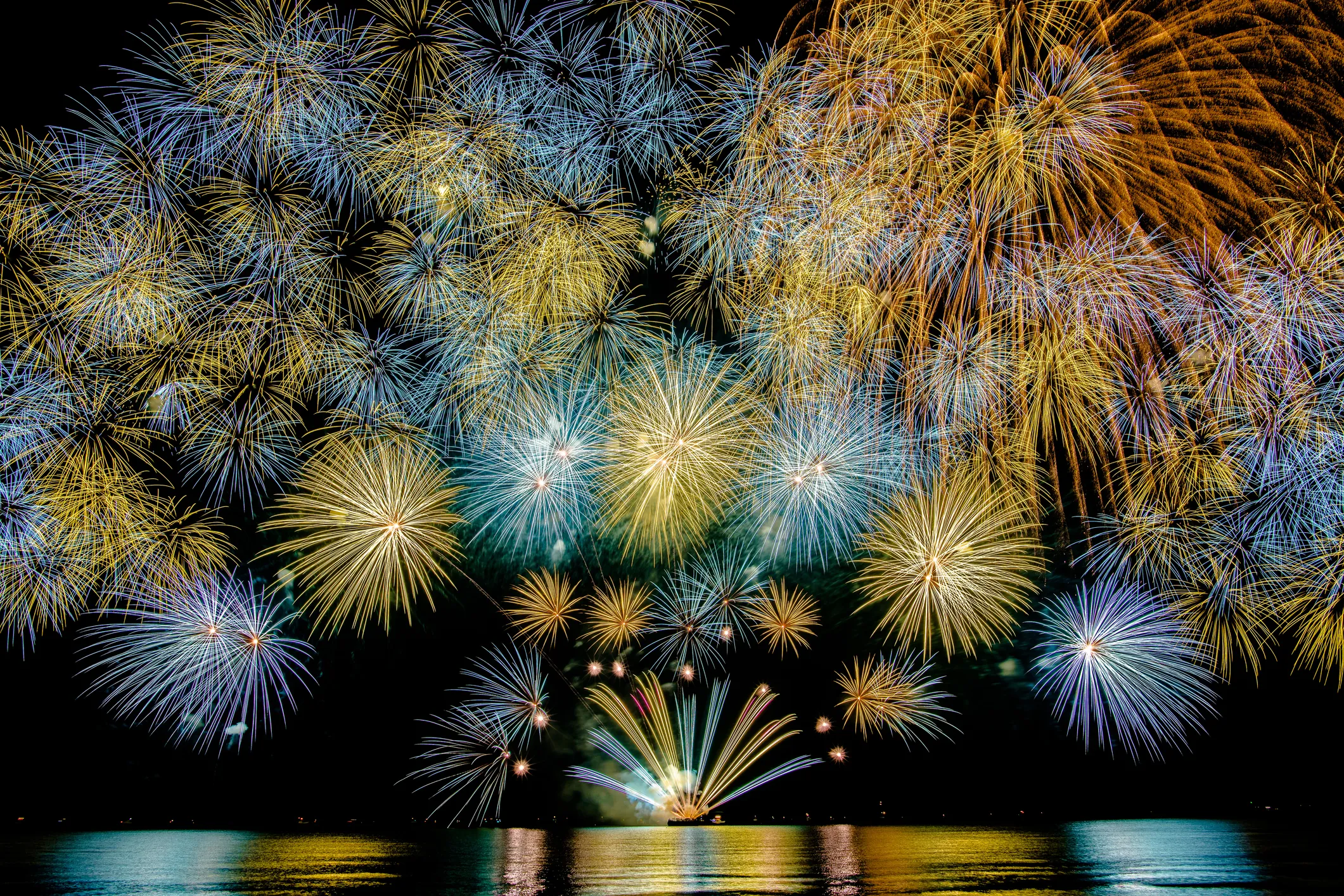
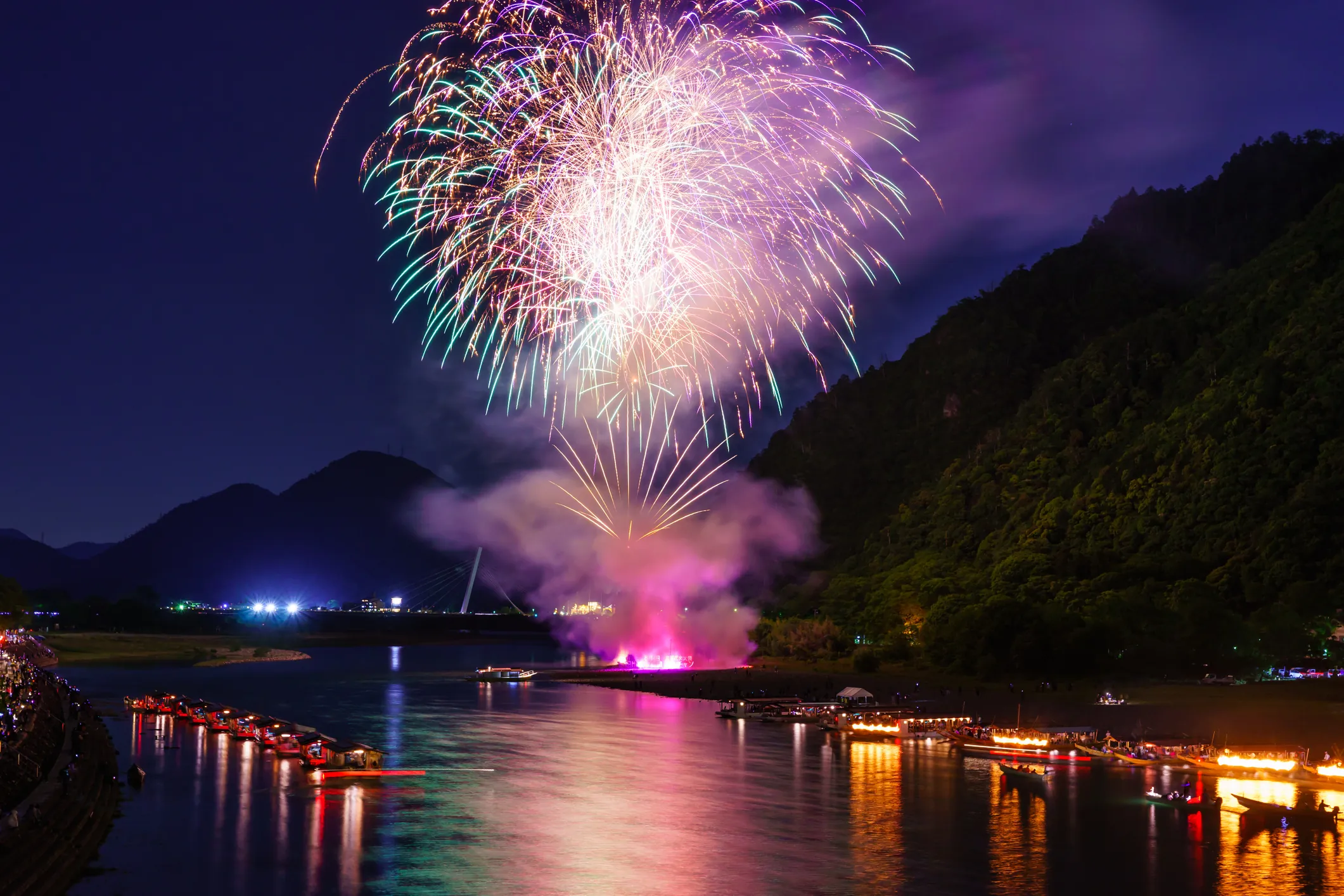

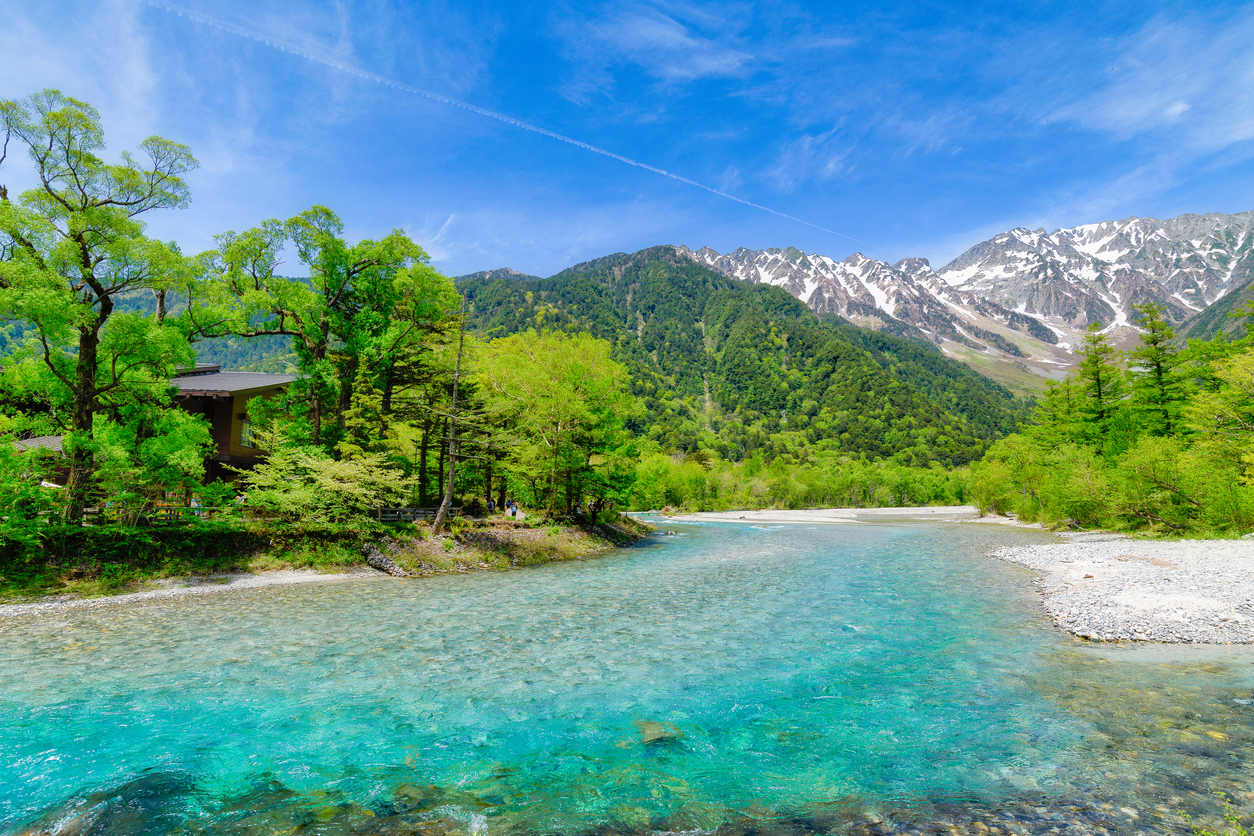
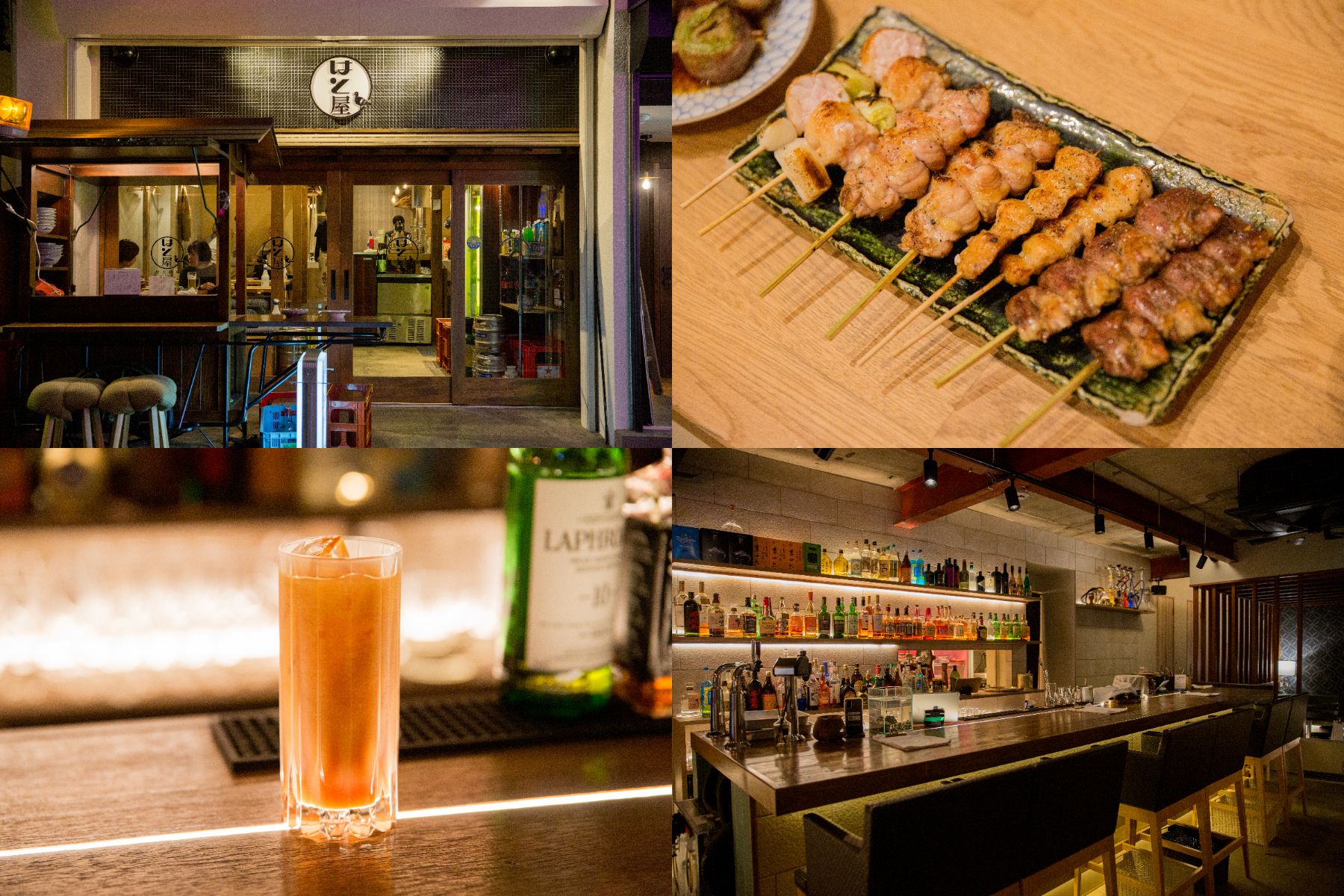
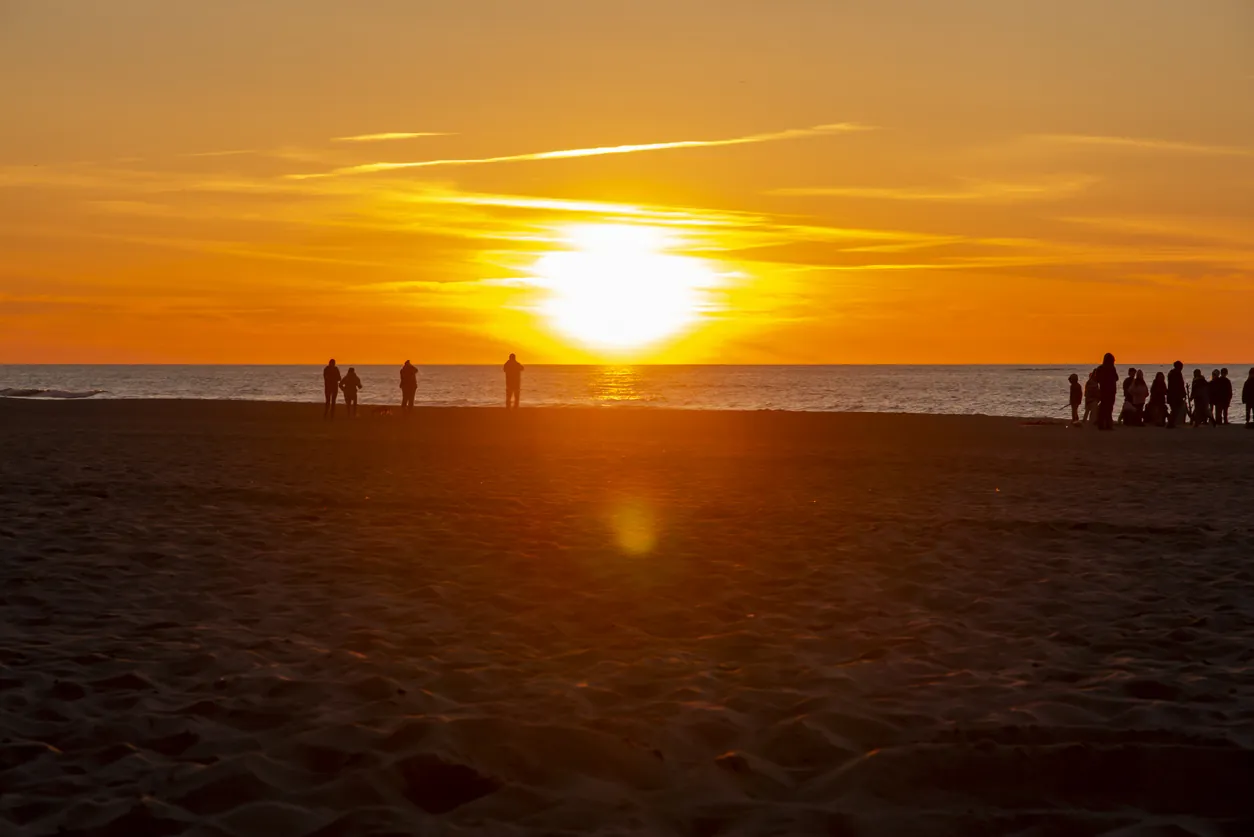
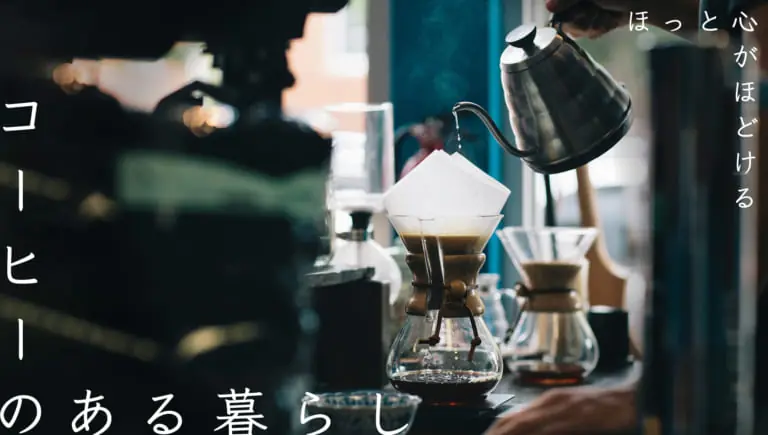
![[Special Feature] Enjoy Outdoor Activities!](https://life-designs.jp/wp/wp-content/uploads/2019/12/LD_banner_w1920x1088_outdoor-1-768x435.jpg)
![[Nagoya City] Exploring Coffee Shops](https://life-designs.jp/wp/wp-content/uploads/2022/03/84215d942d0289eb17e3745432836bf4-1024x580.png)
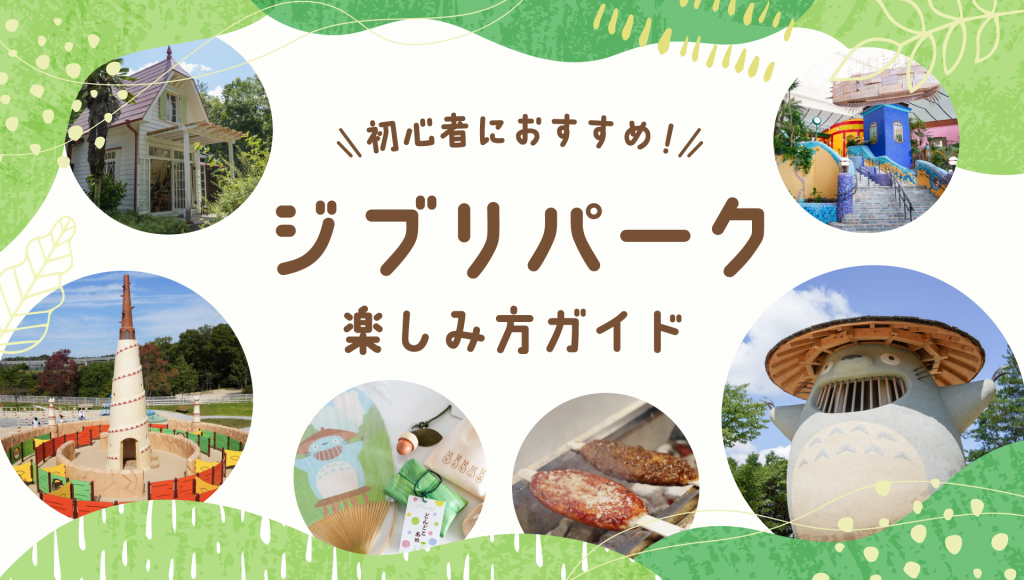
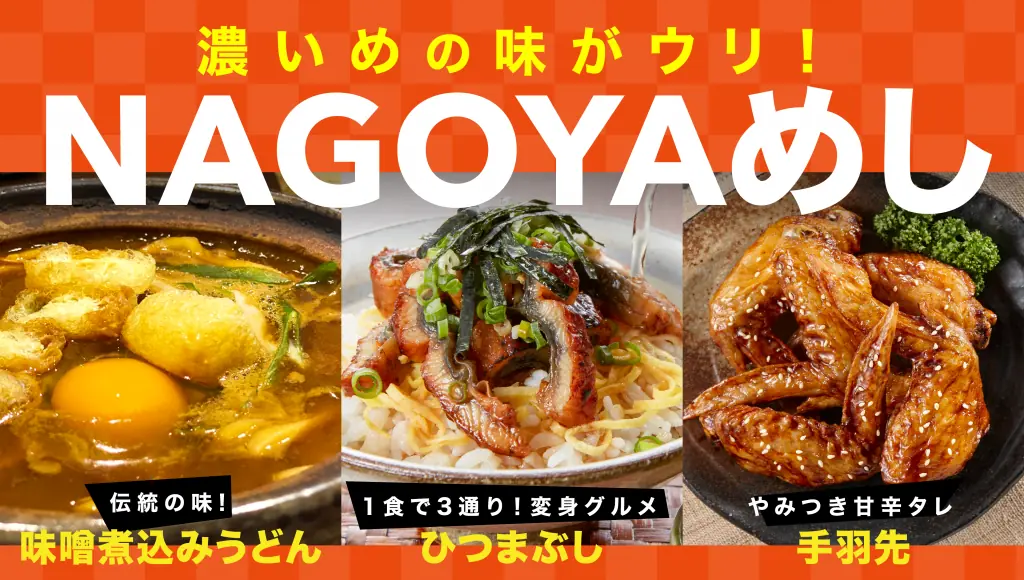
![[Special Feature] Enjoy Your Day at a Park!](https://life-designs.jp/wp/wp-content/uploads/2019/12/LD_banner_w1920x1088_park-1-1024x580.jpg)

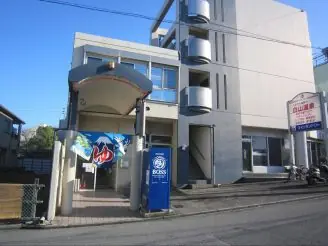
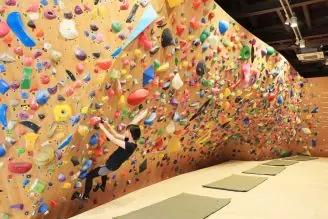
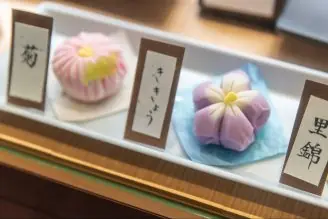
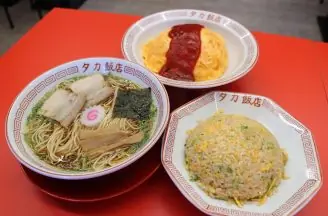
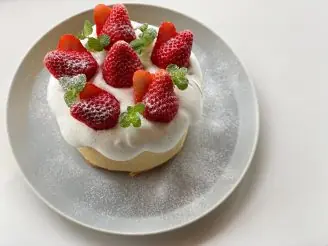
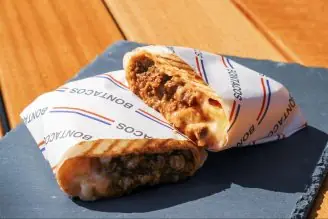
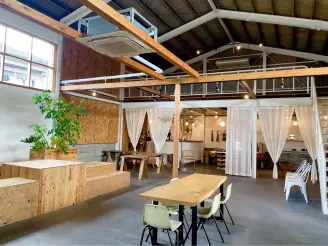
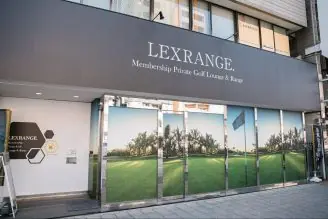
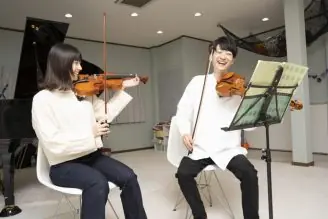

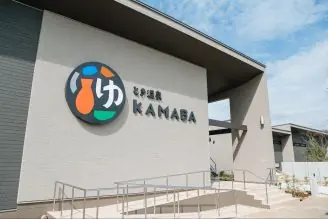
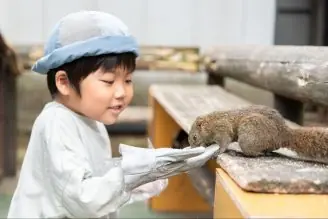
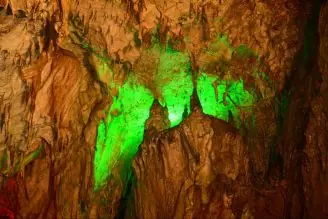
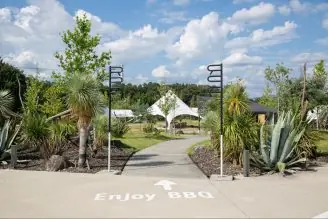
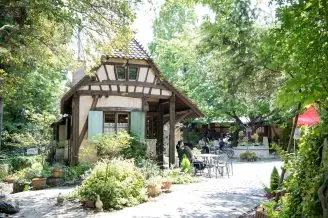
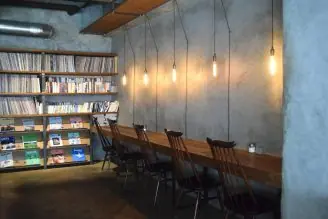
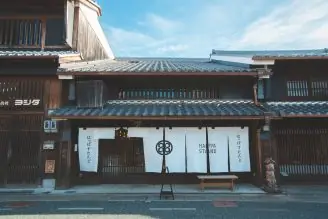
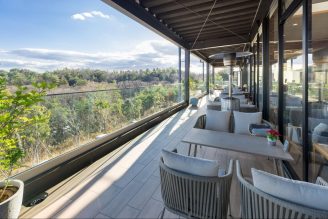
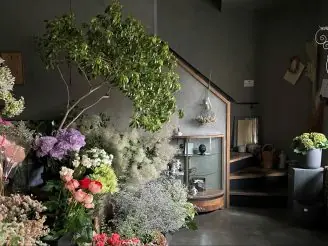
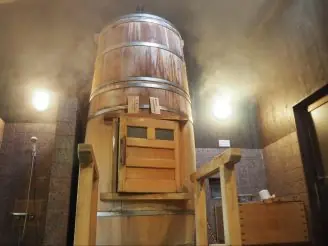

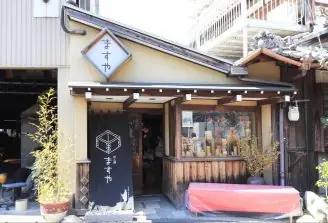
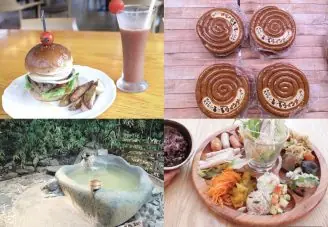
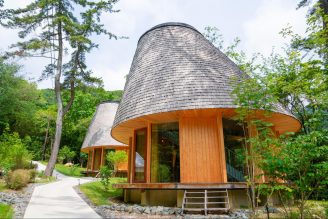
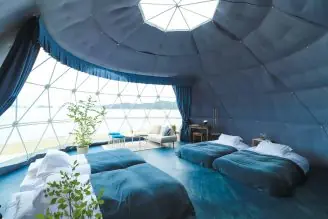

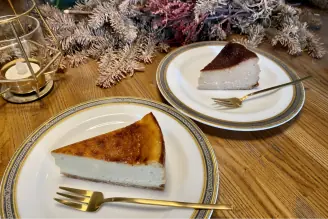
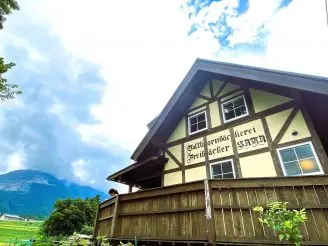
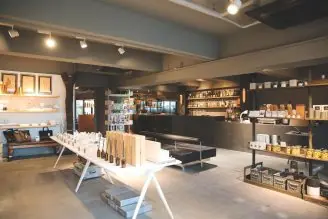
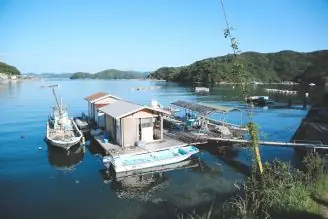
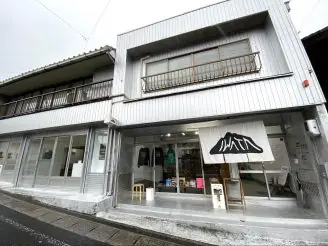
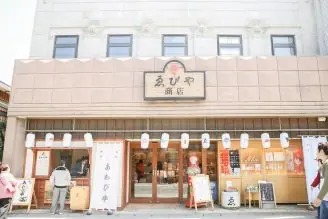
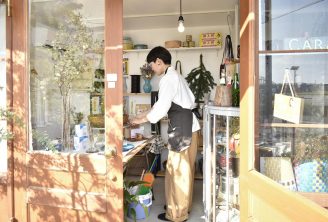
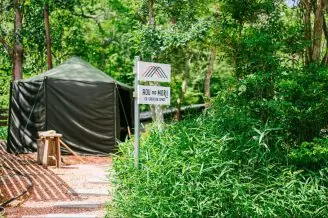
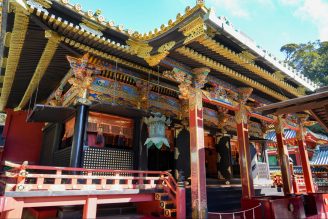
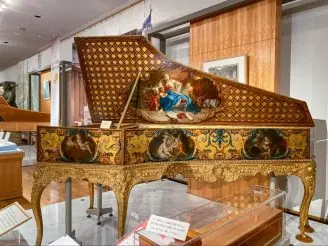
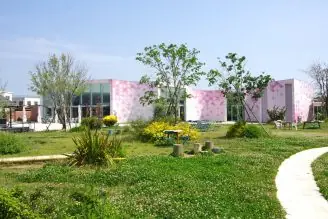
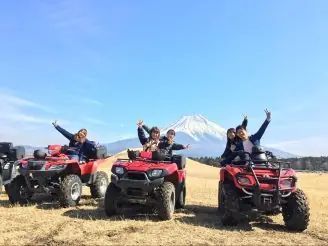

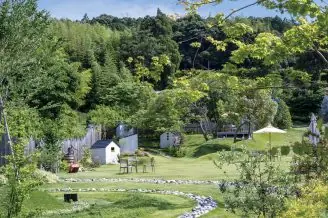
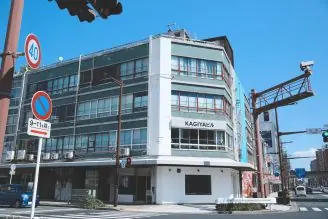
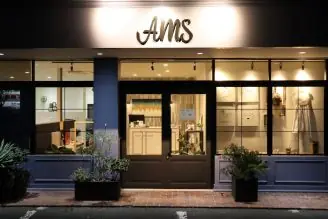
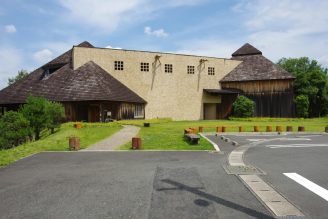
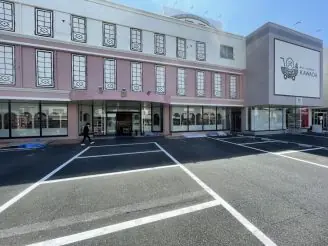
![[Indoor Facilities] Where to Go on Rainy Days in Tokai Area! For Family Outings!](https://life-designs.jp/wp/wp-content/uploads/2023/07/FotoJet-23-1024x768.jpg)
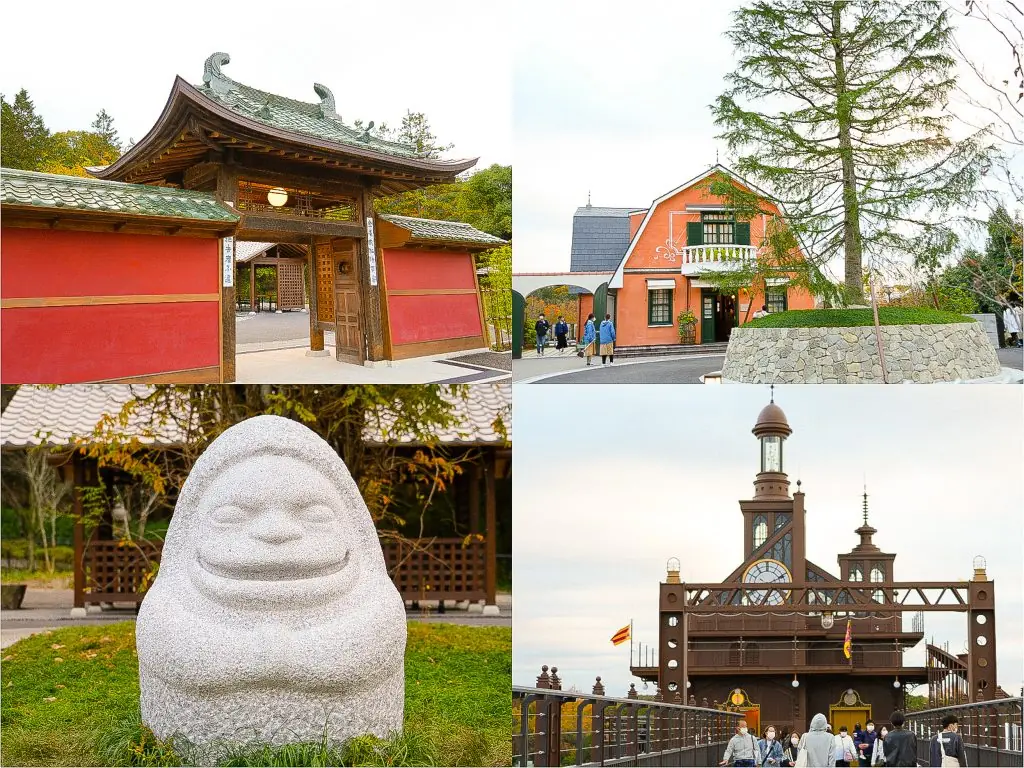
![[9 Selections] Summary of Retro Coffee Shops in Nagoya](https://life-designs.jp/wp/wp-content/uploads/2021/11/image1-30-1024x683.jpg)
![[12 Selections] Available at Nagoya Station! Snacks Perfect as Souvenirs from Nagoya](https://life-designs.jp/wp/wp-content/uploads/2021/04/FotoJet-2021-04-19T194023.218-1024x768.jpg)
![[Within 2hrs by Car] 12 Outing Areas where You can Go on a Day Trip from Nagoya!](https://life-designs.jp/wp/wp-content/uploads/2023/07/odekake12_w1200h900_20240422-768x576.png)
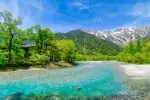
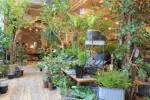
![[14 Selections] Recommended spots to spend the weekend in Kakuozan area of Nagoya](https://life-designs.jp/wp/wp-content/uploads/2022/07/Kakuozan-spot_w1920h1088_240605-328x186.png)
